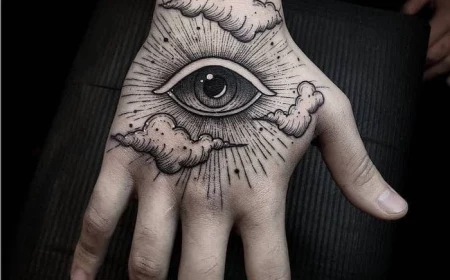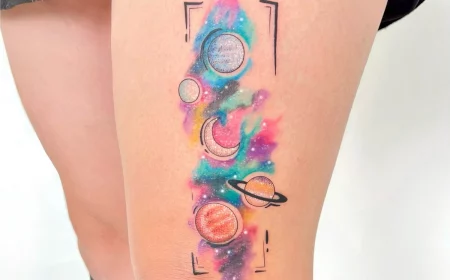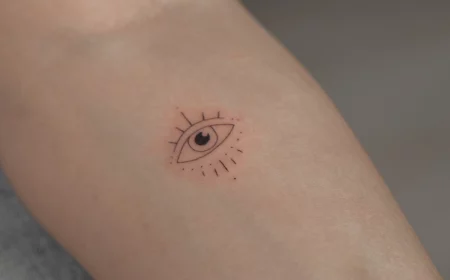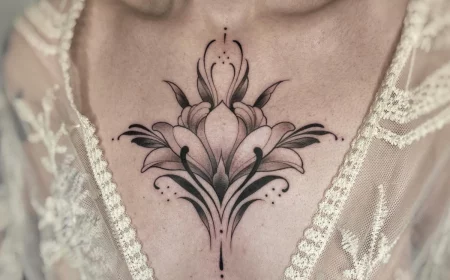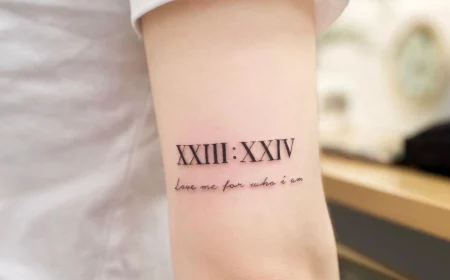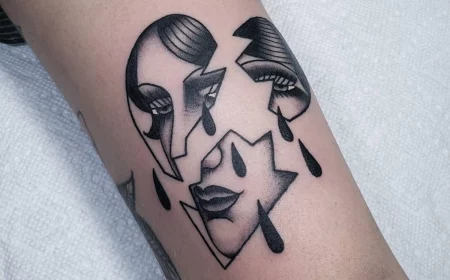More Than Ink: The Insider’s Guide to a Tattoo You’ll Love Forever
I’ve been a tattoo artist for over fifteen years, and in that time, I’ve seen it all. Trends pop up, fade out, and sometimes even make a comeback. But the one thing that never, ever changes is the person sitting in my chair. Everyone brings a story with them, and my job isn’t just to put ink in skin—it’s to help turn that story into a piece of art that will last a lifetime.
In this article
So many people start by searching for “tattoos with meaning,” hoping to find the perfect symbol in a gallery. But I want to offer a different way of thinking about it. Real meaning isn’t something you find on a list; it’s something you build through a thoughtful, personal process.
A truly great tattoo is a team effort. It’s a blend of your story, my skills, and a mutual respect for just how permanent this art form is. This guide isn’t a dictionary of symbols. It’s the real, practical advice I give my clients every day—the stuff I’ve learned from thousands of hours with a machine in my hand. We’ll cover how a tattoo actually works, how to pick a style that feels right, and what to expect from start to finish.

The Foundation: It’s All About Your Skin and the Craft
Before we even start dreaming up a design, we need to get the basics down. A tattoo isn’t a sticker you slap on your body; it’s a permanent change to your skin. Honestly, understanding a little bit of the science behind it will help you make choices that ensure your art looks amazing for decades, not just for the first week.
How a Tattoo Actually Becomes Permanent
Your skin has a few layers. The top one, the epidermis, is constantly shedding and renewing itself. If we put ink there, your tattoo would literally flake away in a few weeks. The real magic happens in the layer just beneath it, the dermis.
The dermis is stable. When a tattoo needle deposits tiny drops of ink into this layer, your body’s immune system kicks into gear. It sees the ink as a foreign invader and sends special cells to clean up the mess. These cells gobble up the ink particles, but here’s the trick: the particles are too big for the cells to break down. So they just stay put, trapped inside those immune cells, suspended in your dermis. What you see as a tattoo is really just a massive collection of ink particles locked into your skin. It’s also why tattoos fade over time—sun exposure can break down those particles, allowing your body to slowly carry the smaller bits away.
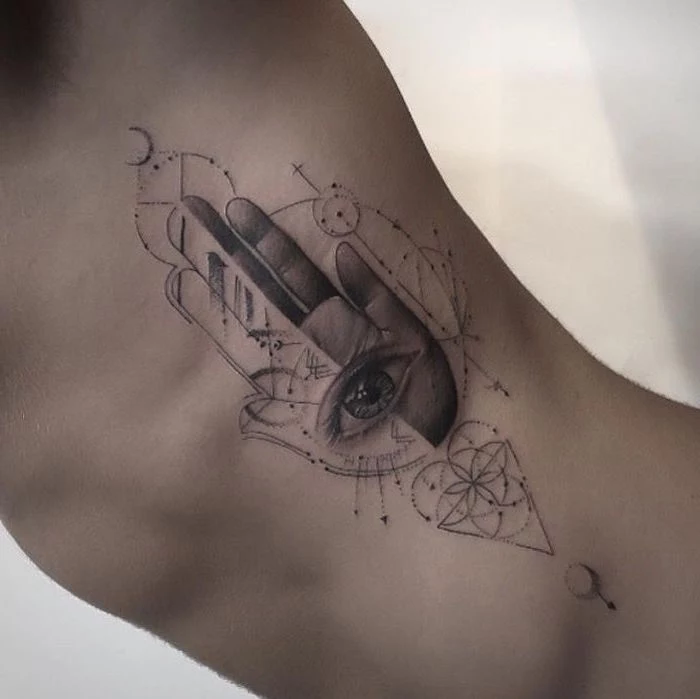
Your Skin is the Canvas
No two people have the same skin. This is a huge part of every consultation I do. Your skin type, tone, and even how much oil it produces will affect the final tattoo. Very dry skin can be a bit tougher to work on and might need extra TLC during healing. Oily skin can sometimes cause fine lines to soften or spread just a tiny bit over the years (we call this “ink migration”). A good artist knows this and will design accordingly, maybe leaving a little more open space between tiny details.
Skin tone is also a massive factor. Think of it like looking at a drawing through a colored piece of glass. Bright colors will naturally look different on pale skin versus dark skin. For my clients with darker skin tones, I often recommend designs with bold black lines and more open space. This creates fantastic contrast and makes sure the design is super clear and readable. Some colors, like light yellow or baby blue, just won’t have that pop. A skilled artist can help you pick a color palette that works with your skin, not against it.
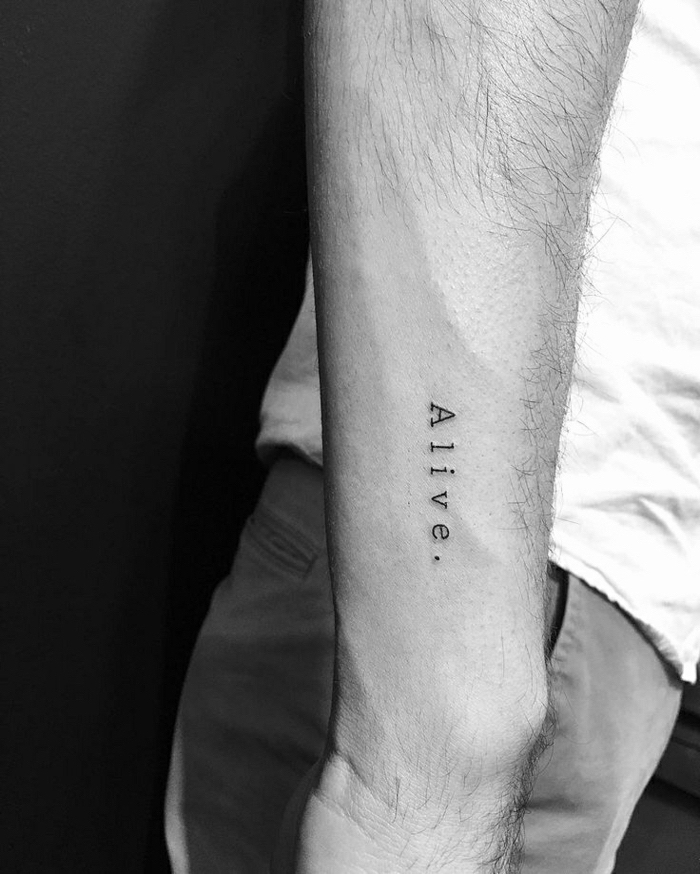
Placement, Pain, and Making it Flow
Where you put a tattoo is just as important as what it is. A great tattoo should flow with the natural lines of your body, almost like it was always meant to be there. An inner forearm piece should wrap with the muscle, and a chest piece should follow the lines of the pectorals. It’s all about creating a cohesive look. I often draw the stencil right onto the skin to make sure we nail those curves perfectly.
And now, for the question everyone wants to ask: does it hurt? Yes. Anyone who says otherwise is lying. But the pain level varies a lot. Bony areas with thin skin—like your ribs, feet, sternum, or right over the spine—tend to be the spiciest. Fleshy spots like the outer thigh or bicep are usually much more manageable.
Quick tip: You can actually do a few things to make it easier on yourself. Always eat a solid meal before your appointment, and make sure you’re well-hydrated. Low blood sugar is your enemy here! Feel free to bring headphones to zone out. As for numbing creams? Talk to your artist first. Some can change the skin’s texture, making it harder to tattoo. Most pros prefer you come in without it unless they’ve given you the green light.
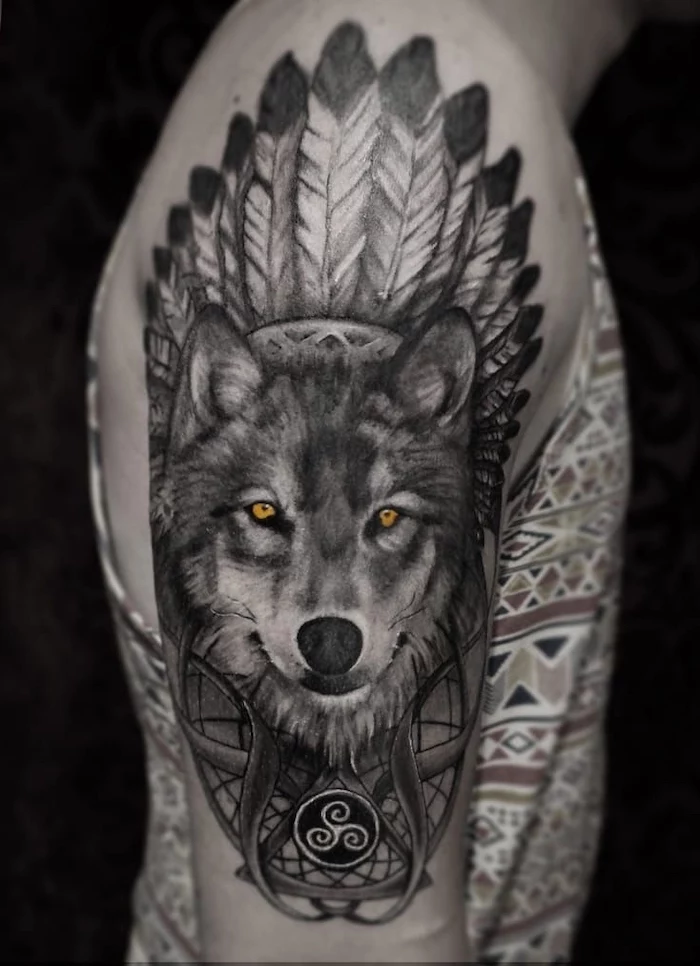
Finding Your Voice: A Few Timeless Tattoo Styles
Symbolism is a great starting point, but the style of a tattoo is what truly gives it a personality. Different styles have their own rules and techniques. Choosing the right one is key to making your idea come to life.
Instead of a boring chart, let’s just talk through some of the big ones:
• American Traditional: This is that classic, iconic tattoo look. We’re talking bold black outlines, a simple and powerful color palette (think red, green, yellow, black), and heavy black shading. The vibe is timeless and tough. These designs—like eagles, skulls, and roses—are built to last. The bold outlines act like a container, keeping the colors from bleeding over the decades. A good traditional tattoo will still be perfectly readable in 20 years. It’s best for someone who wants an unmistakable, classic piece of art.
• Japanese Traditional (Irezumi): This style is steeped in centuries of history and complex symbolism. It’s not something an artist just dabbles in; it requires years of dedicated study. These are often large-scale projects, like full sleeves or back pieces, telling stories from folklore with koi fish, dragons, and tigers. A key feature is the background—wind, water, and clouds that tie all the main elements into one unified piece. This style is for the committed client who wants a powerful, flowing work of art with deep narrative roots.

• Black and Grey Realism: This modern approach aims to create incredibly lifelike images using only black ink, white highlights, and a whole lot of grey tones. We create those tones by diluting black ink with distilled water, which we call a “grey wash.” To pull this off, an artist has to have a killer understanding of light and shadow. The vibe is sophisticated and stunning, perfect for portraits, nature scenes, or anything you want to look three-dimensional. Heads up: This style is the sun’s worst enemy. You have to be diligent with sunscreen to keep the contrast from fading.
• Geometric and Dotwork: If you love precision, patterns, and symmetry, this might be for you. It can range from simple shapes to mind-bendingly complex mandalas. Many of these are built with a technique called dotwork, where shading is created with thousands of tiny dots. It’s a very methodical and patient process. The vibe is modern, clean, and intricate. It’s a great choice for people who appreciate order and detail, and it looks incredible flowing along a forearm or across the back.
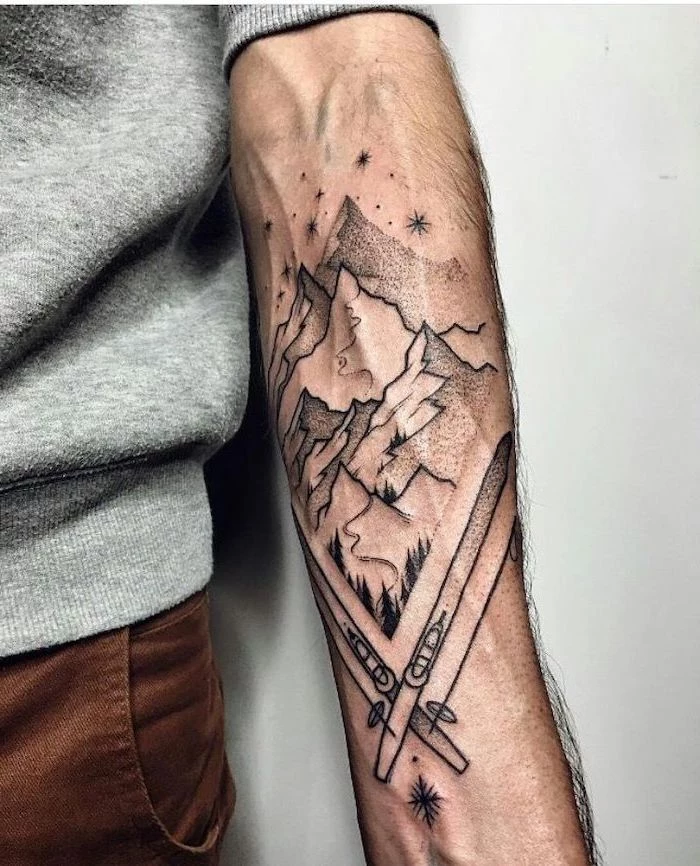
The Process: From a Vague Idea to Healed Art
Okay, so you have an idea and a style in mind. Now what? Working with a professional should be a clean, safe, and collaborative experience from start to finish.
Choosing the Right Artist (and What to Budget)
This is your most important decision. Don’t just shop by price. A cheap tattoo is rarely a good tattoo, and a good tattoo is never cheap. To give you a real-world idea, most reputable artists have an hourly rate between $150 and $400. A simple, palm-sized black and grey piece might land in the $300-$600 range, while a full color sleeve is a multi-thousand-dollar investment spread out over many months.
Look at portfolios, but dig deeper than just the fresh photos on social media. A brand-new tattoo always looks bold because the skin is irritated and the ink is fresh. The real test is healed work. A great artist is proud to show how their tattoos look a year, five years, or even ten years later. Visit the studio if you can. It should feel clean and professional. Most importantly, just talk to the artist. Do you vibe with them? Do they listen? Trust is everything.

The Consultation: Getting on the Same Page
A good consultation is where the magic starts. This is our time to plan your piece. Here’s a little checklist of what you should bring to make it super productive:
- A folder on your phone with 5-10 reference images you like.
- A list of 3-5 words describing the feeling you want (e.g., delicate, powerful, nostalgic, etc.).
- A good idea of the size (in inches) and the exact placement on your body.
Be open to input! What looks cool on Pinterest might not translate perfectly to skin. An experienced artist can help you tweak it to make sure it ages well and fits your body perfectly. For custom pieces, expect to put down a drawing deposit, which usually goes toward the final cost of the tattoo.
The Session, The Tip, and The Aftercare
On tattoo day, we’ll confirm the design and stencil placement. Once you give the final okay, we get to work. After it’s all done and looking amazing, there’s one last little piece of business: tipping. Is it expected? Honestly, yes, it’s pretty standard in the industry. Think of it like a haircut or any other service. If you had a great experience and love your new art, a tip of 15-25% is a wonderful way to show your appreciation.
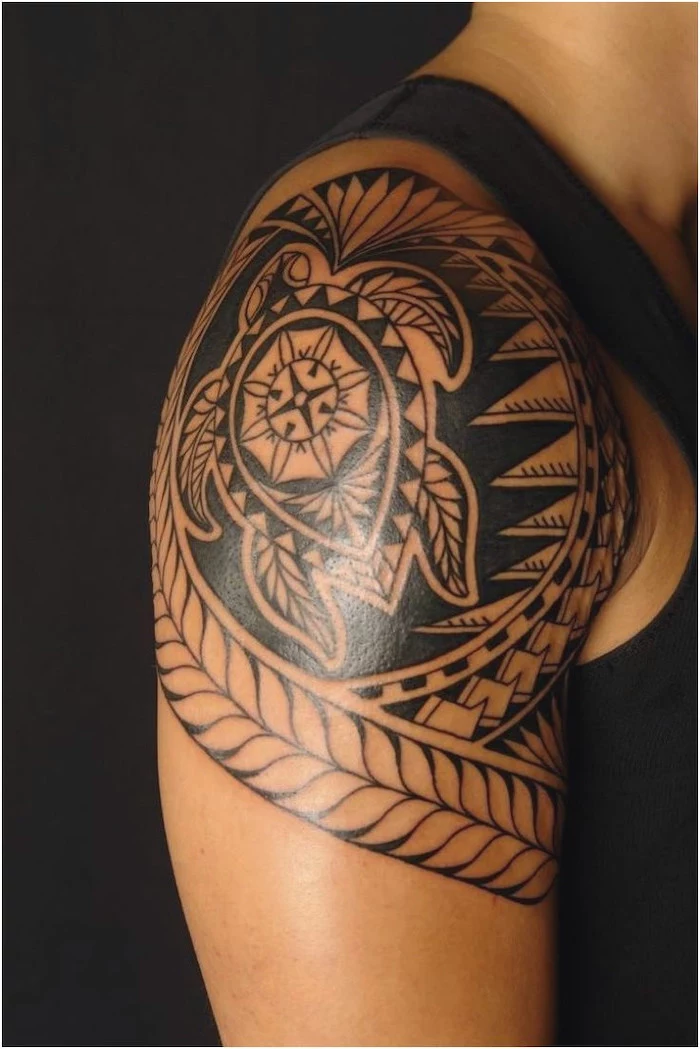
Now, the most critical phase begins: healing. Your artist’s instructions are not suggestions—they’re the rules for protecting your investment.
I have my clients follow a simple plan:
- The Bandage: I usually use a clear, breathable bandage that stays on for 3-5 days. It protects the tattoo while it starts healing. You’ll see some dark fluid build up under it; don’t panic, that’s just a normal mix of plasma and excess ink.
- The First Wash: After you take the bandage off, gently wash the tattoo with lukewarm water and a fragrance-free liquid soap (a simple one like Dial Gold is perfect). Use only your clean hands—no washcloths! Then, pat it dry with a clean paper towel.
- Moisturize Lightly: For the next two weeks, wash it twice a day and apply a very thin layer of unscented lotion (basic Lubriderm or Aveeno works great). You want to keep it from drying out, not suffocate it.
By the way, a few things might freak you out but are totally normal. Your tattoo will get super itchy and start to flake like a sunburn. Do not, under any circumstances, pick or scratch it. You’ll pull the ink right out. Just let the flakes fall off on their own. And for those two weeks, no soaking in baths or pools, and definitely keep it out of the sun.

Leveling Up: For Your Next Tattoo and Beyond
For some people, one tattoo is the perfect statement. For others, it’s just the beginning. As you build your collection, you might run into some more complex situations.
Cover-Ups: Giving Your Skin a Second Chance
I get a lot of requests to cover up old tattoos. This is one of the trickiest things an artist can do. You can’t put a light color over a dark one; the old ink will always want to show through. A good cover-up has to be bigger and darker than the original. We use a lot of shading and busy textures to hide what’s underneath.
A lesser-known trick: laser removal can be your best friend here. A few sessions to lighten an old tattoo can open up a world of possibilities. It can be the difference between being forced into a giant dark panther and getting the delicate floral piece you actually want.
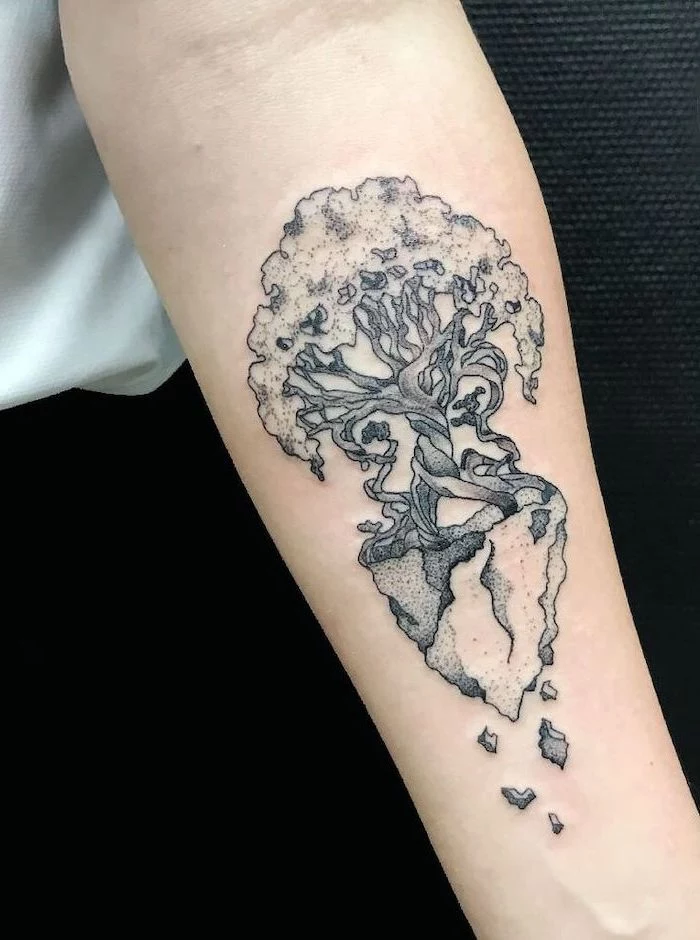
Working with Scars
Tattooing over scars is definitely possible, but it takes an artist with experience in that specific area. Scar tissue is unpredictable; sometimes it takes ink perfectly, other times it can be stubborn. The scar needs to be fully healed—at least a year or two old, and no longer pink or red. It’s a slow, careful process, but it can be an incredibly powerful way to reclaim a part of your body.
A Final Thought
A tattoo is so much more than an image. It’s a permanent marker of a moment, a feeling, a story. The real meaning comes from the thought you put in, the trust you build with an artist, and the care you give it for the rest of your life. So take your time, do the research, and find someone whose work truly speaks to you. If you approach it with respect for the craft, you won’t just get a tattoo—you’ll get a piece of art that’s truly a part of you.
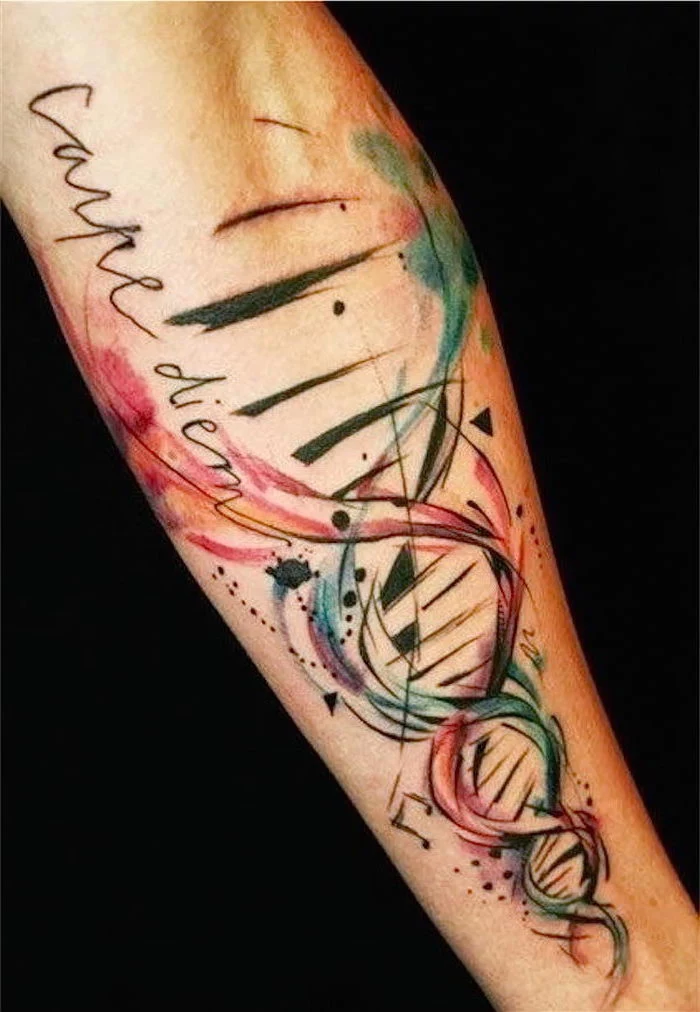
Inspiration Gallery
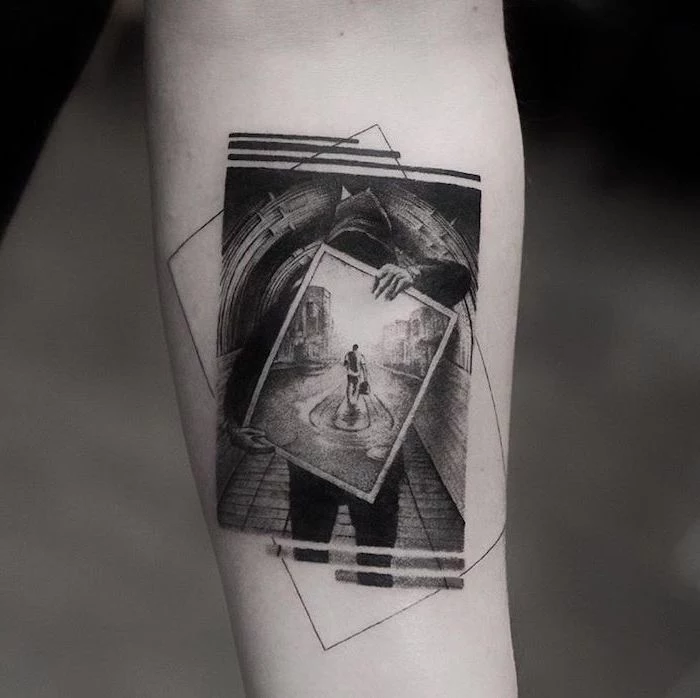
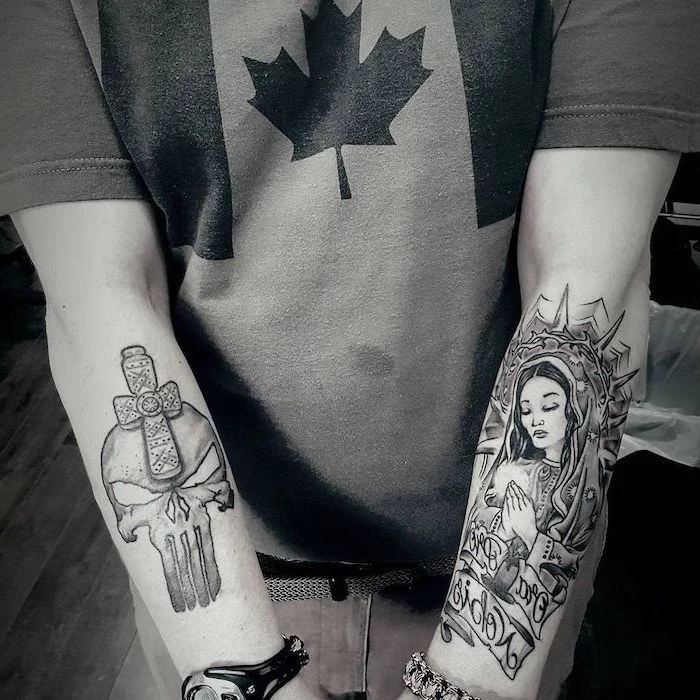
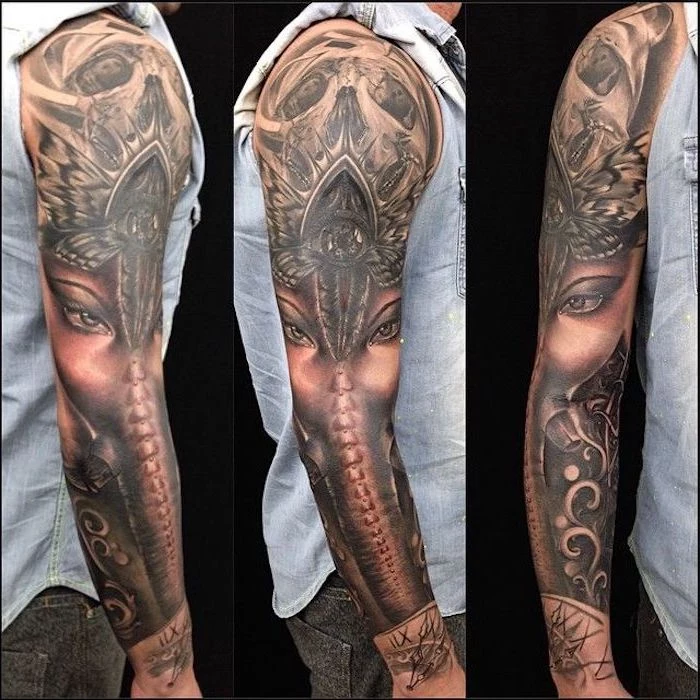
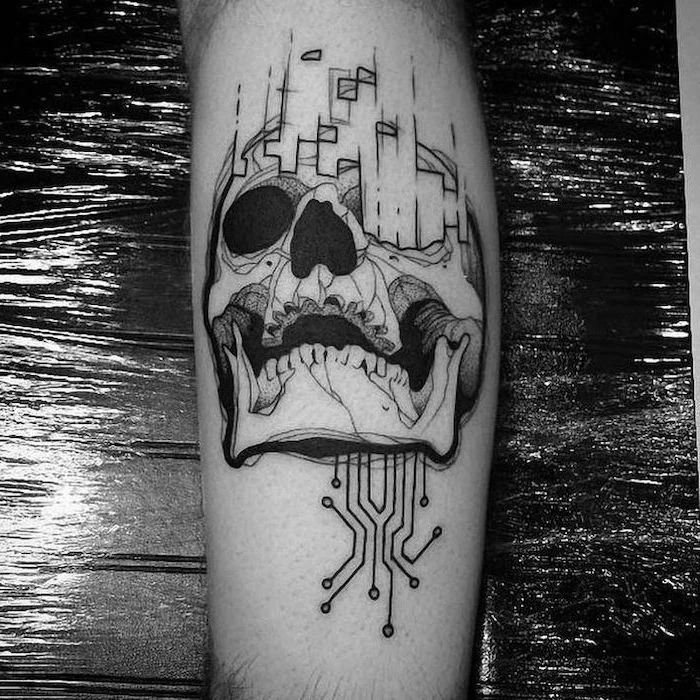
The first 48 hours are critical for your new tattoo. Most artists recommend a specific aftercare routine, but a common, trusted method involves gentle washing with unscented antibacterial soap, patting it dry with a paper towel (not a fabric one that can harbor bacteria), and applying a very thin layer of a specialized ointment. Products like Hustle Butter Deluxe or a simple A+D ointment are popular choices. The goal is to keep the area clean and lightly moisturized, not smothered.
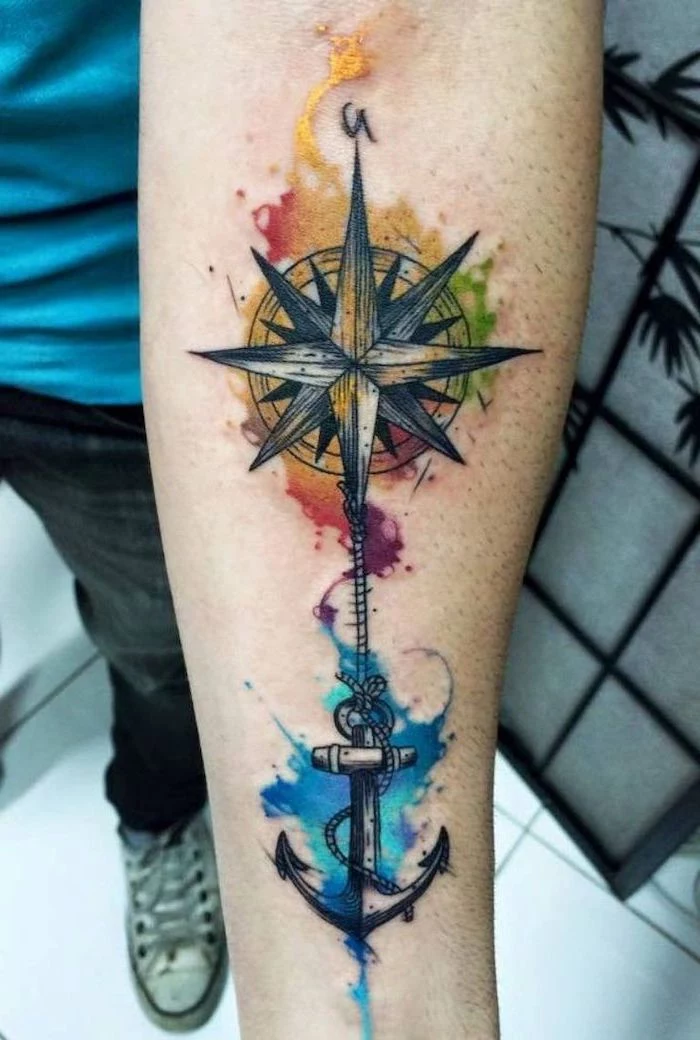

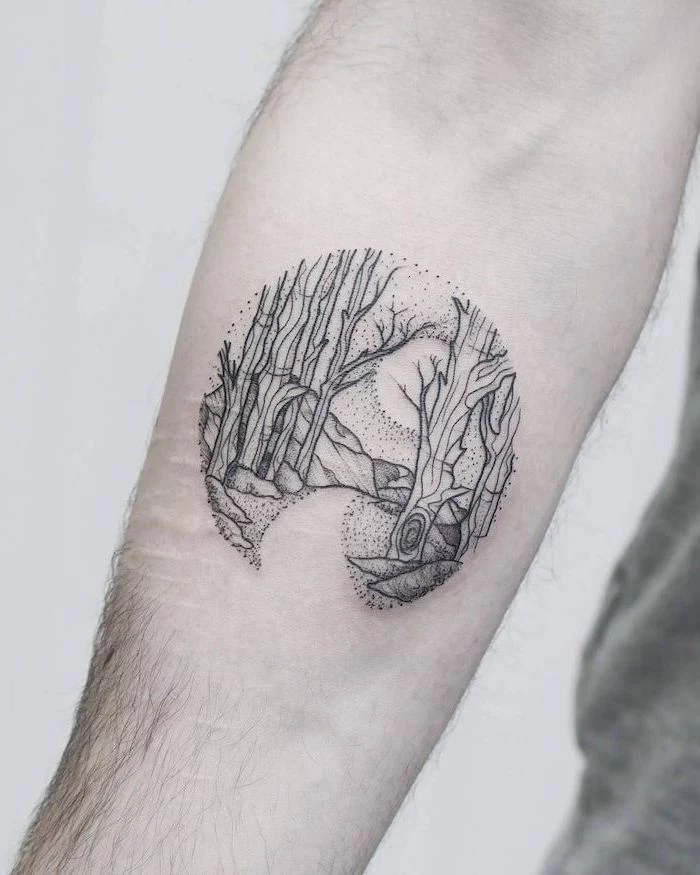
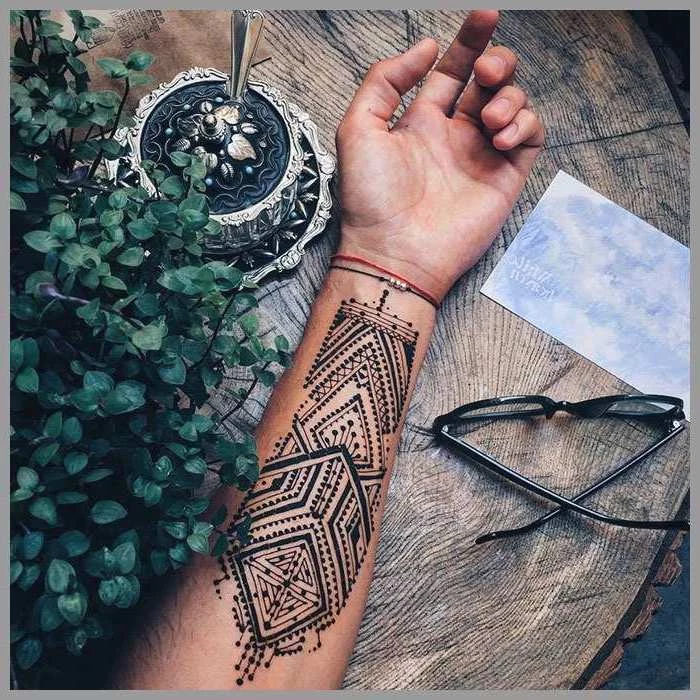
- A government-issued ID (you must prove your age).
- Comfortable, loose-fitting clothing that allows easy access to the tattoo area.
- A bottle of water and some sugary snacks (like a granola bar or juice) to keep your blood sugar stable.
- Headphones or a book to distract you during long sessions.
- Your payment method, plus extra for a tip (15-25% is customary).
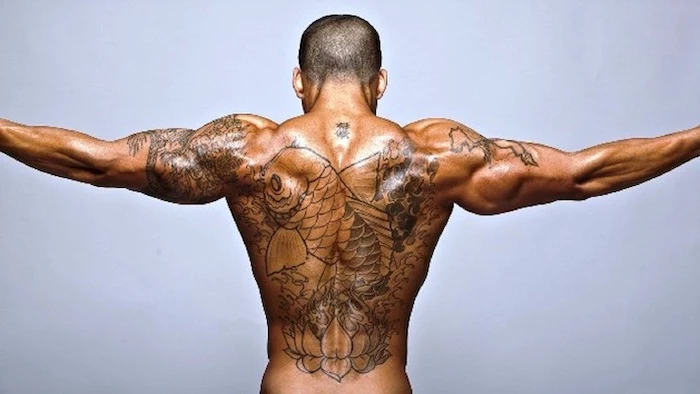
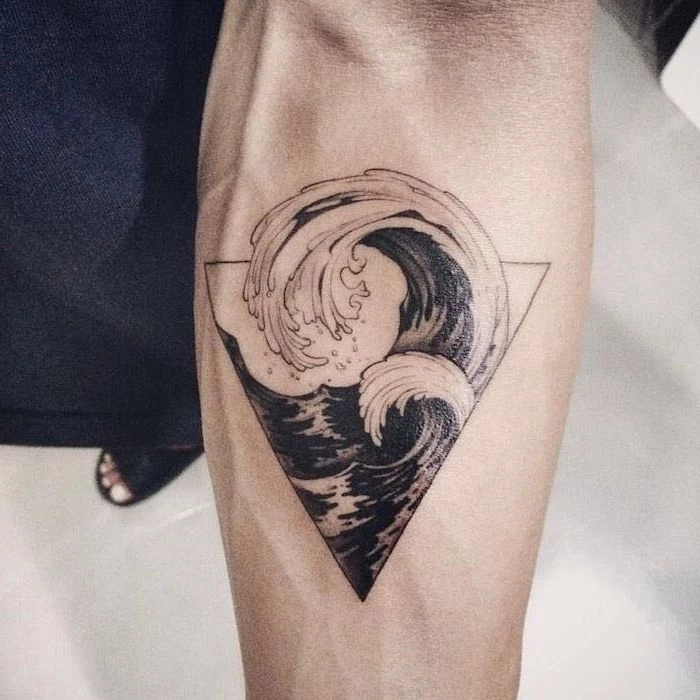
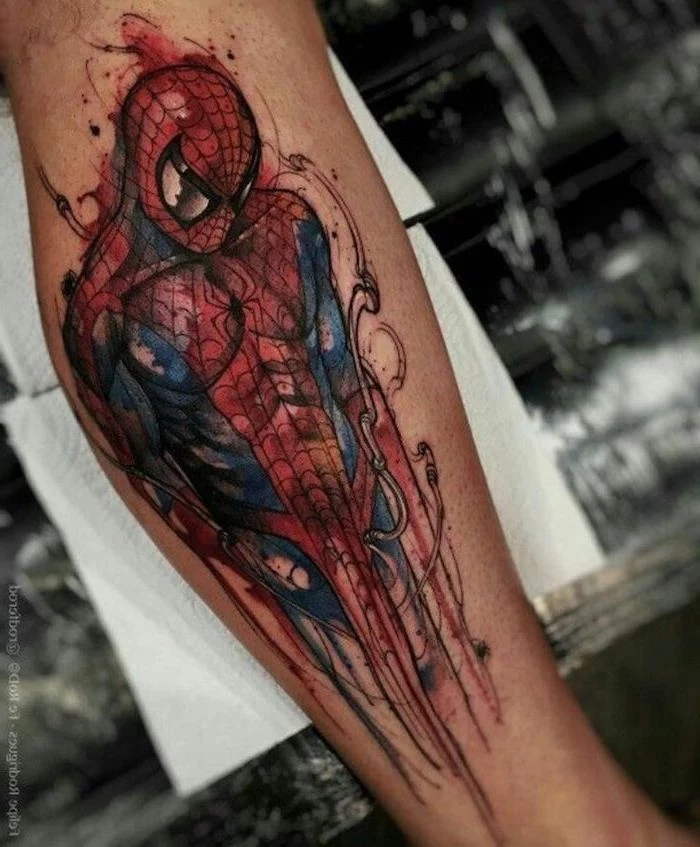
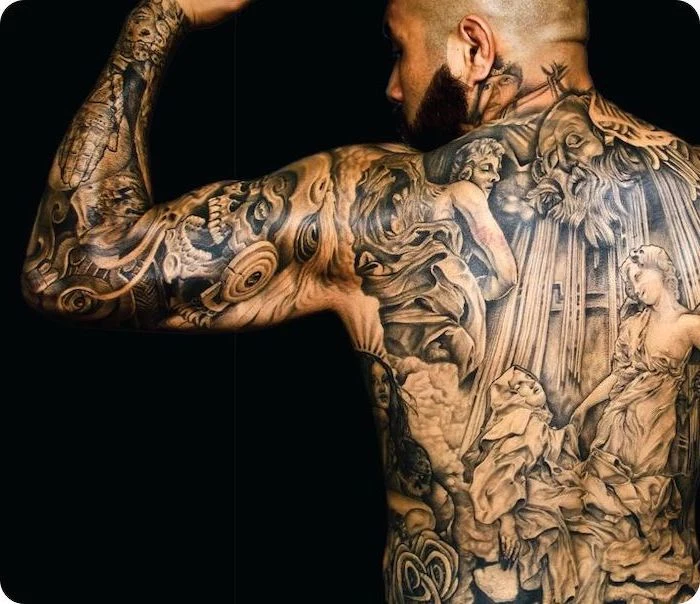
The artist’s portfolio is everything. Look beyond the design itself and pay close attention to the technical execution. Are the lines clean, solid, and consistent? If there’s color, is it vibrant and fully saturated? For black and grey work, are the gradients smooth? A great portfolio showcases skill, not just cool ideas.
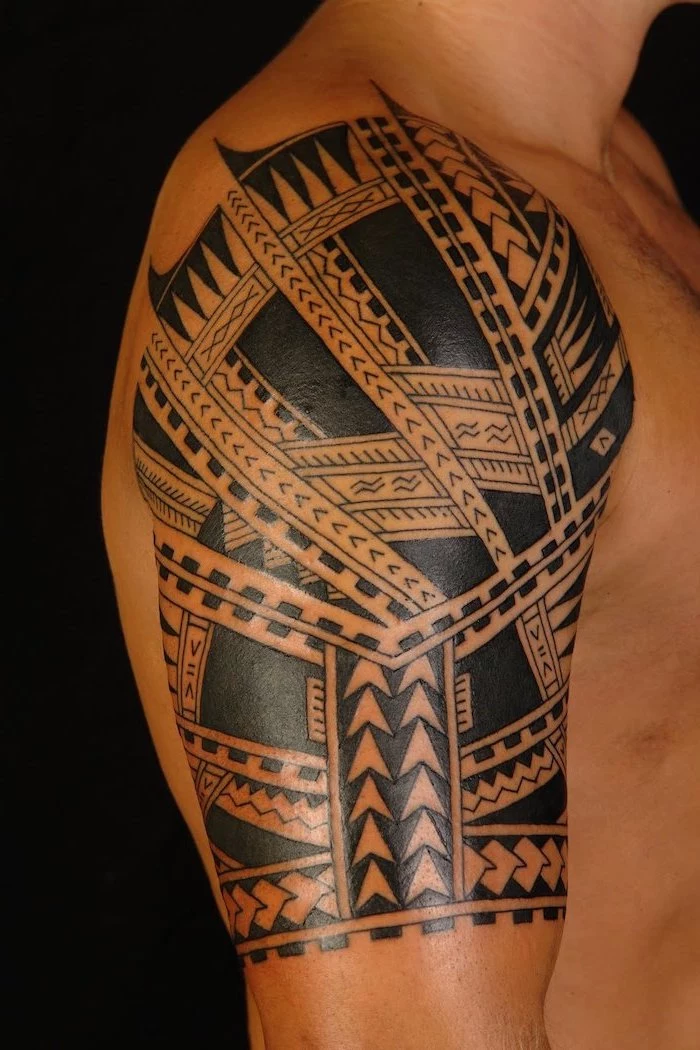
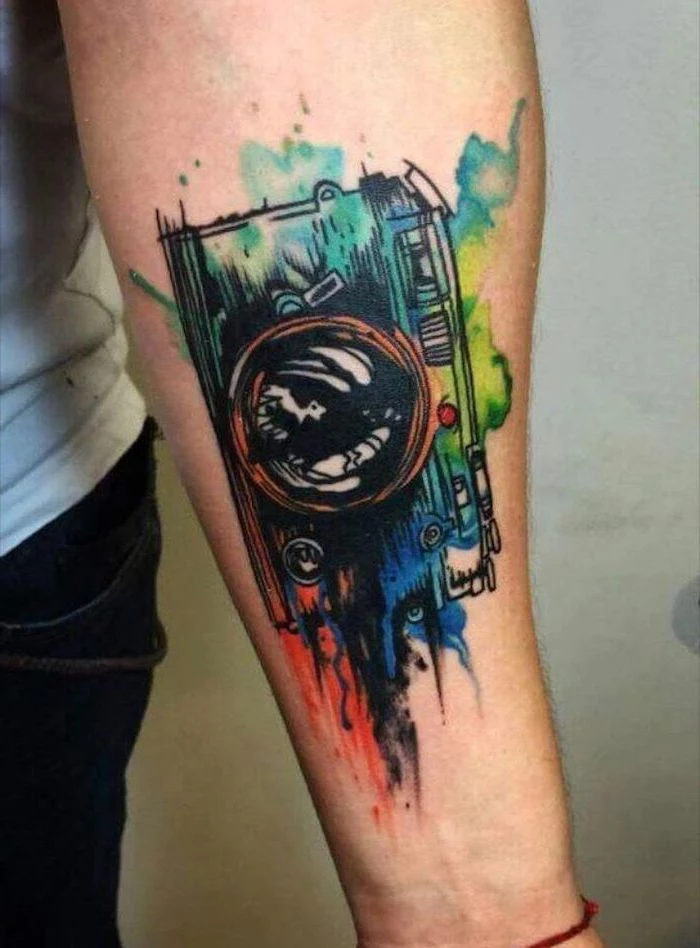
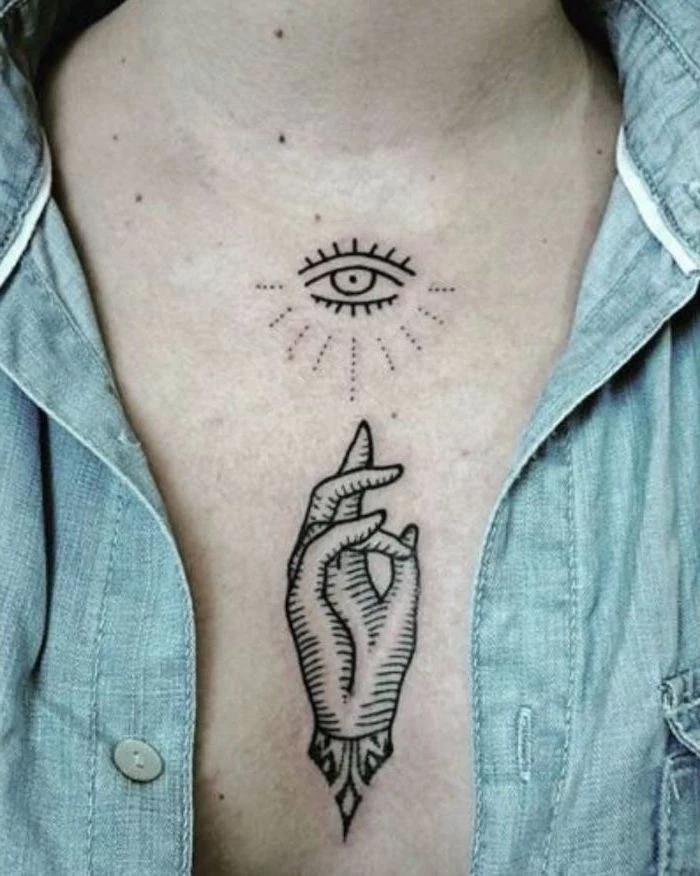
The global tattoo industry is projected to reach a market value of $3.55 billion by 2029, a testament to its evolution from subculture to mainstream art form.
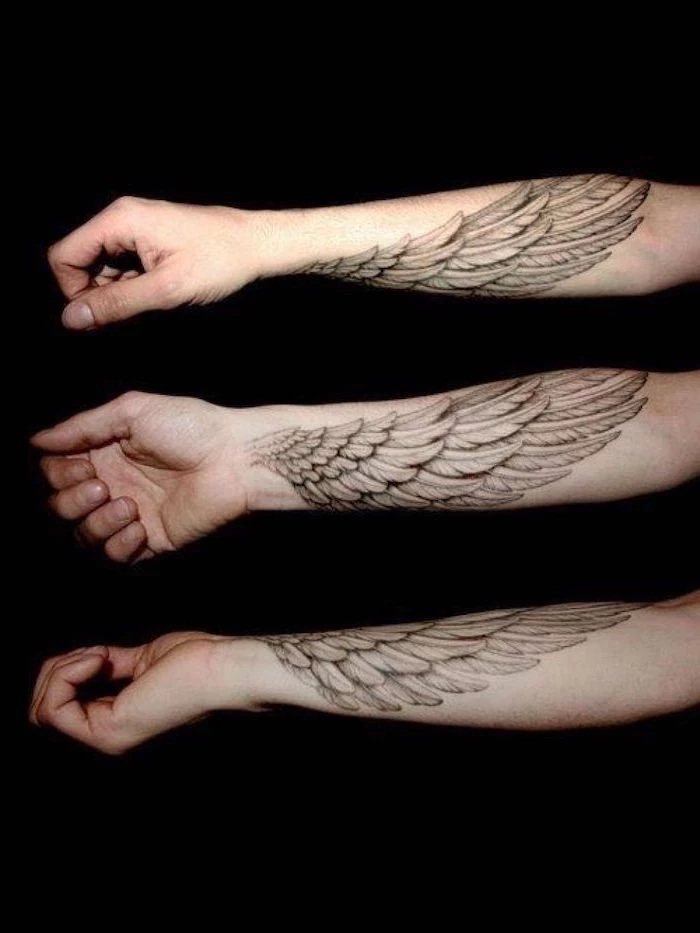
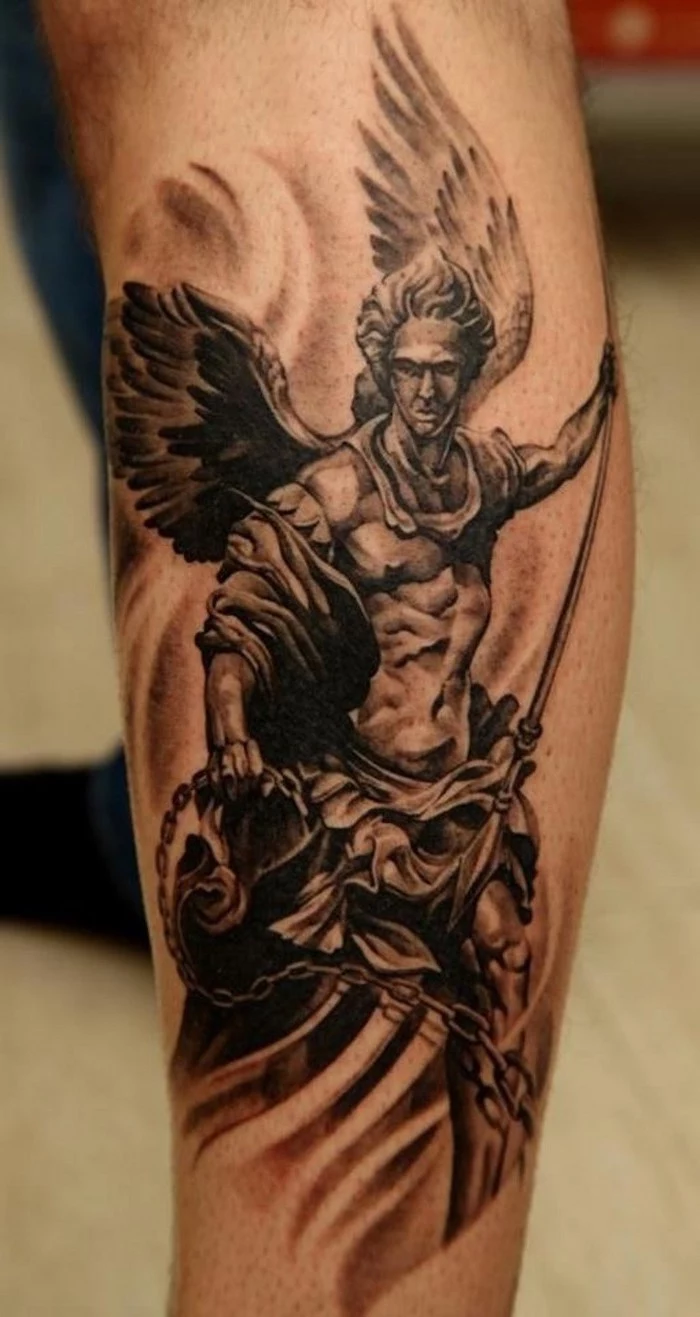
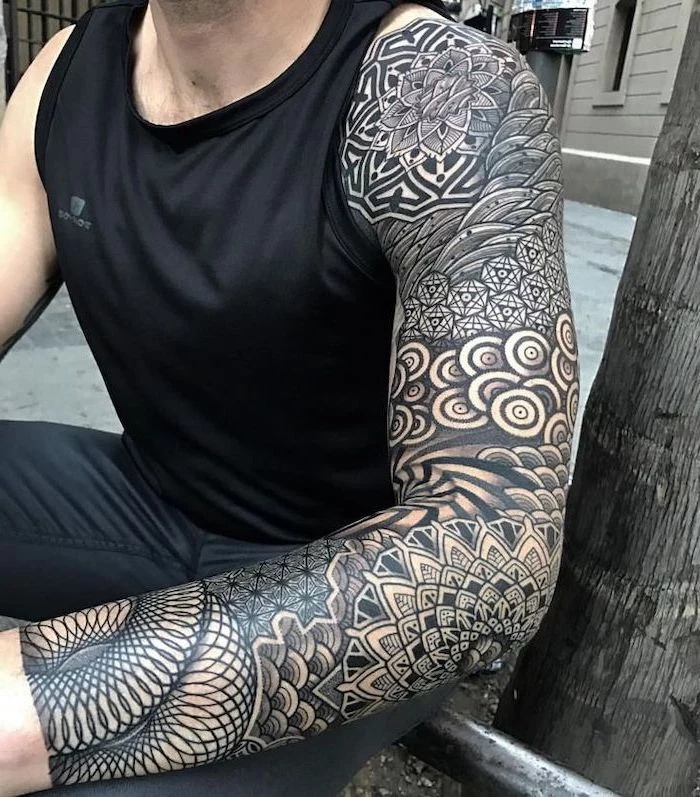
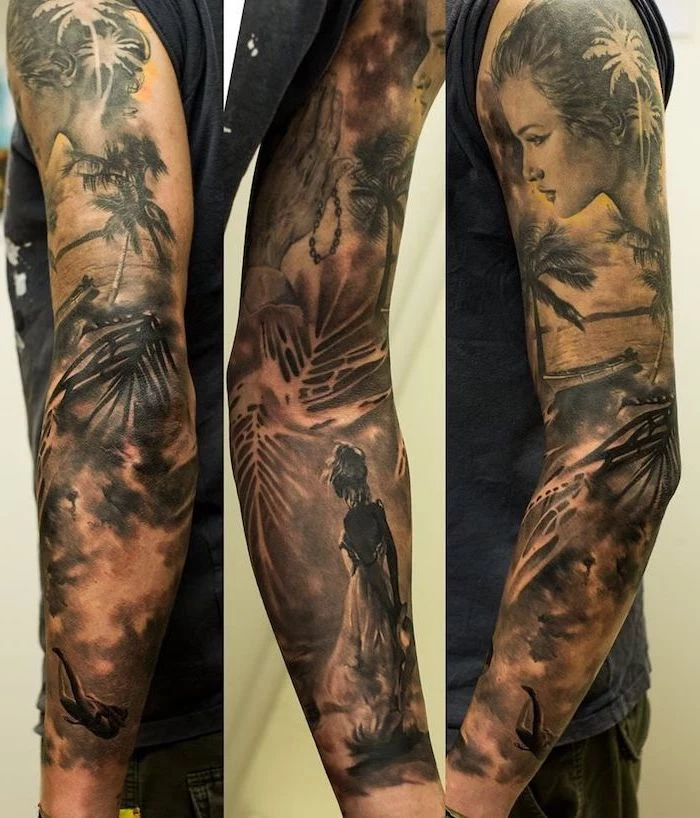
Understanding how tattoo artists charge can prevent sticker shock. There are generally two models:
- By the hour: Common for large, multi-session pieces like sleeves or back pieces. Rates can vary dramatically based on the artist’s experience and location, from $100 to over $400 per hour.
- By the piece: Used for smaller, single-session tattoos. The artist estimates the total time and complexity to give you a flat price upfront.
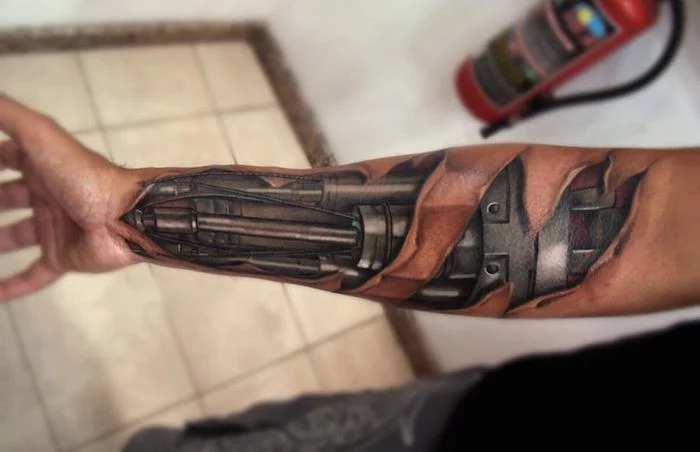
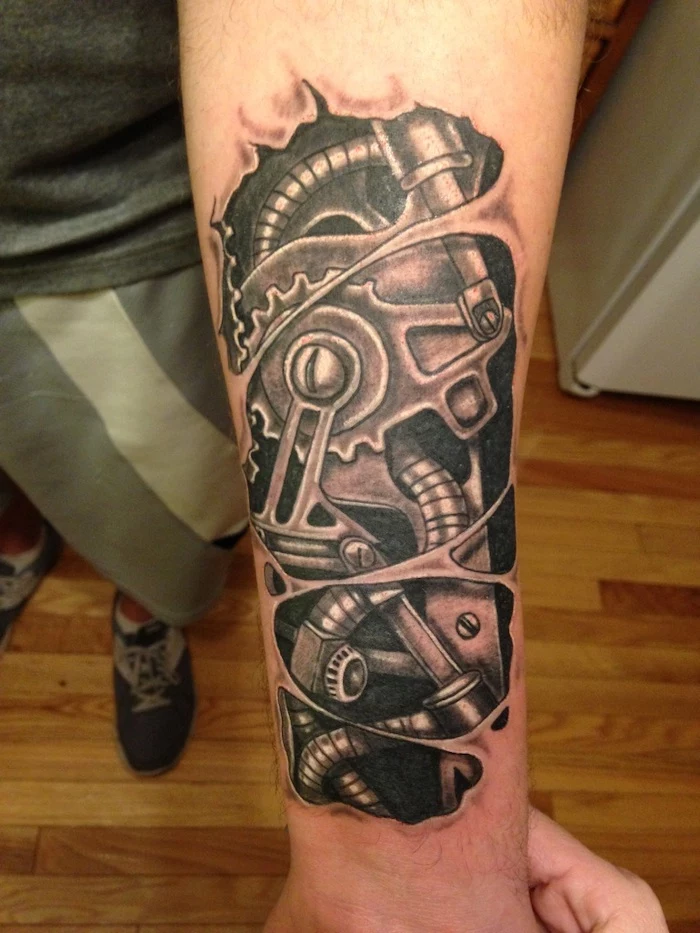
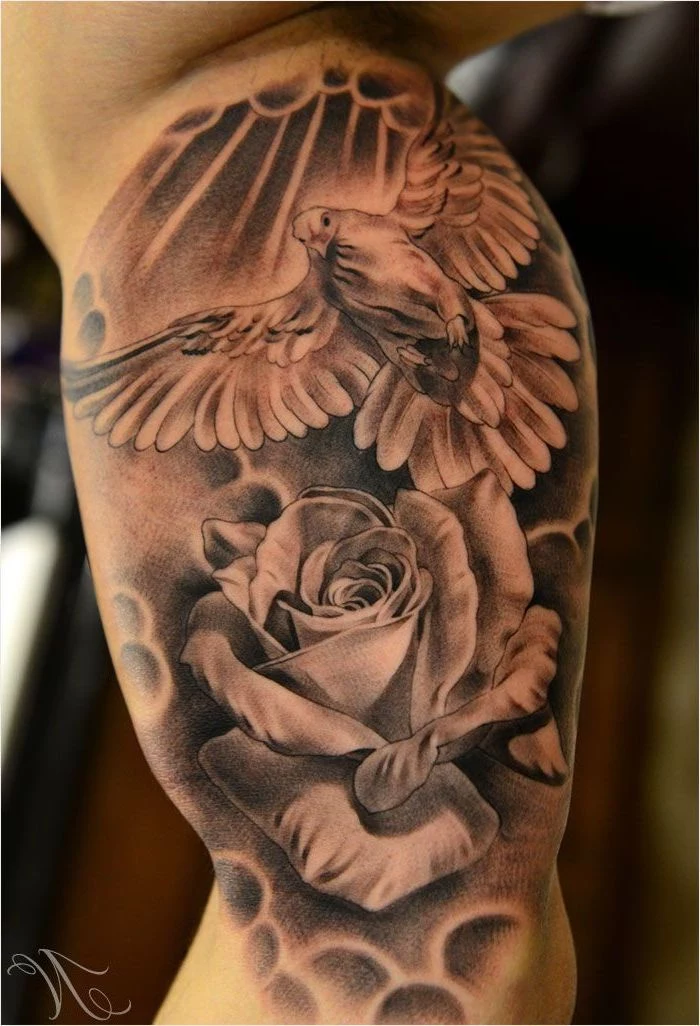
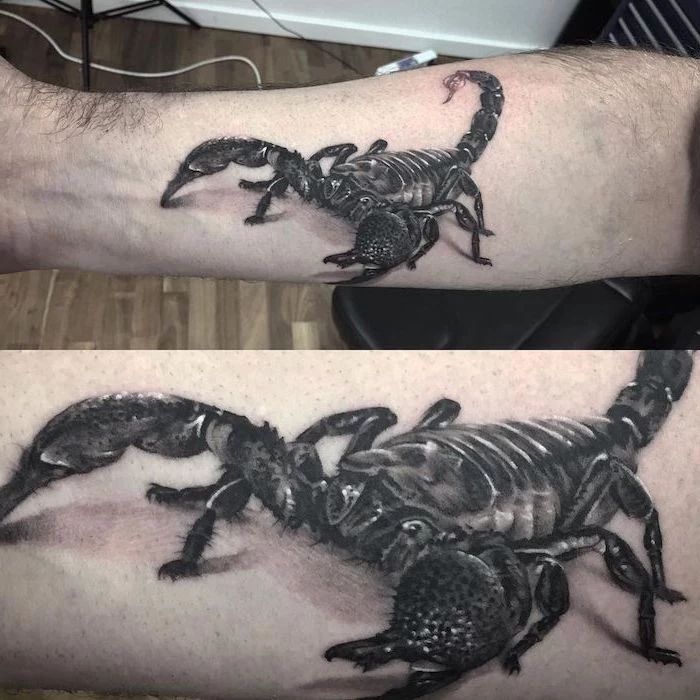
Do fine-line tattoos age well?
It’s a delicate balance. A well-done fine-line tattoo by a skilled artist can heal beautifully and look stunning for years. However, due to less ink being deposited into the skin, they are more susceptible to fading from sun exposure and natural skin aging. Over time, lines can soften and spread slightly. To preserve their crispness, diligent sun protection and choosing a placement with less friction (like the inner bicep versus a finger) are key.
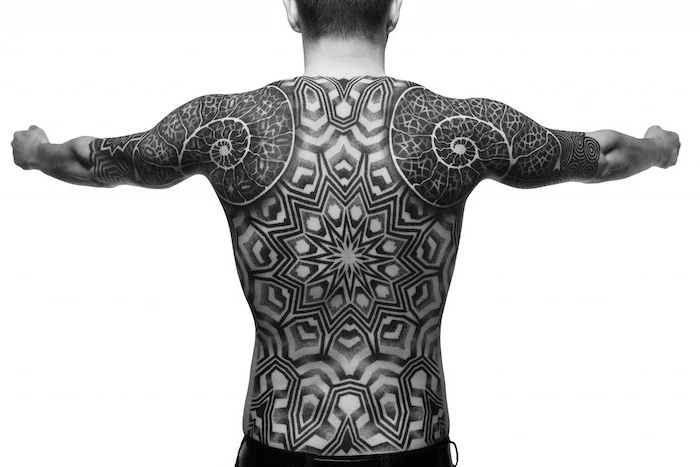
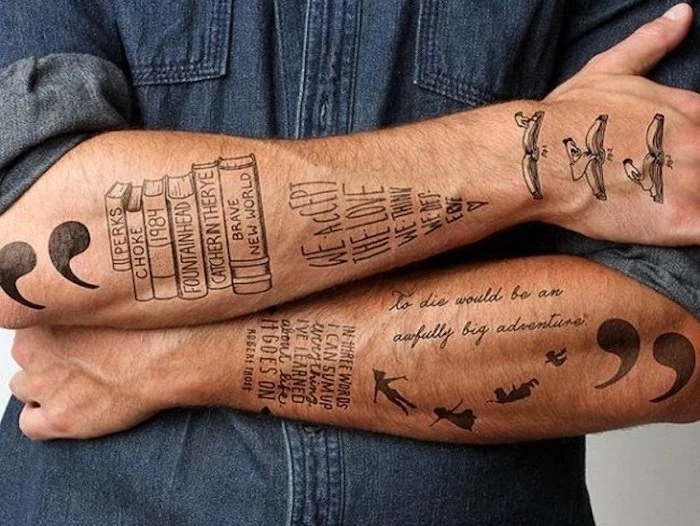
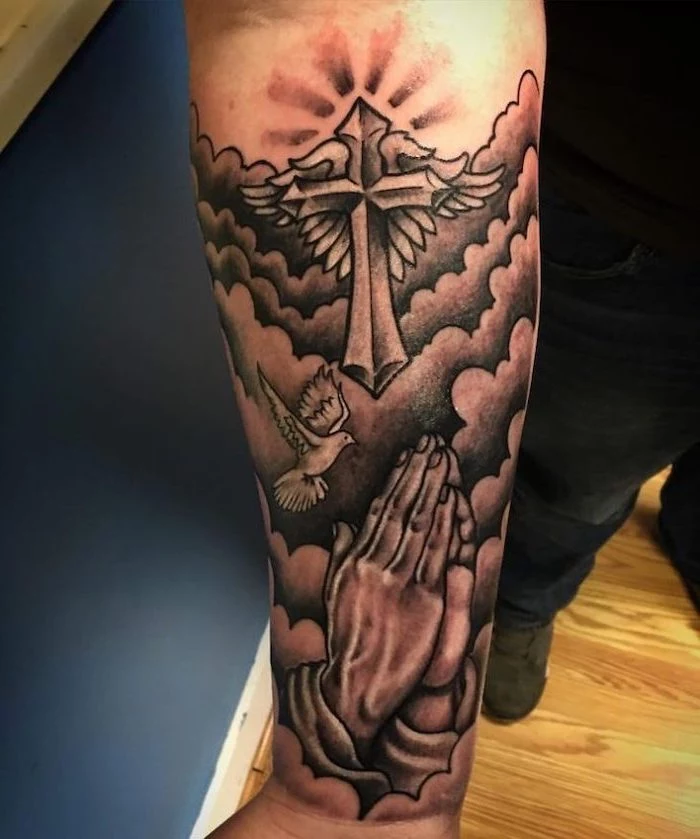
Black and Grey Realism: This style uses varying shades of black and grey wash to create hyper-realistic, three-dimensional images, much like a photograph. It requires an artist with a mastery of shading and depth.
American Traditional: Characterized by bold black outlines, a limited and bright color palette (red, green, yellow, blue), and iconic, often nautical, imagery. These designs are built to last and age exceptionally well.
Your choice depends on whether you value photorealistic detail or bold, timeless iconography.
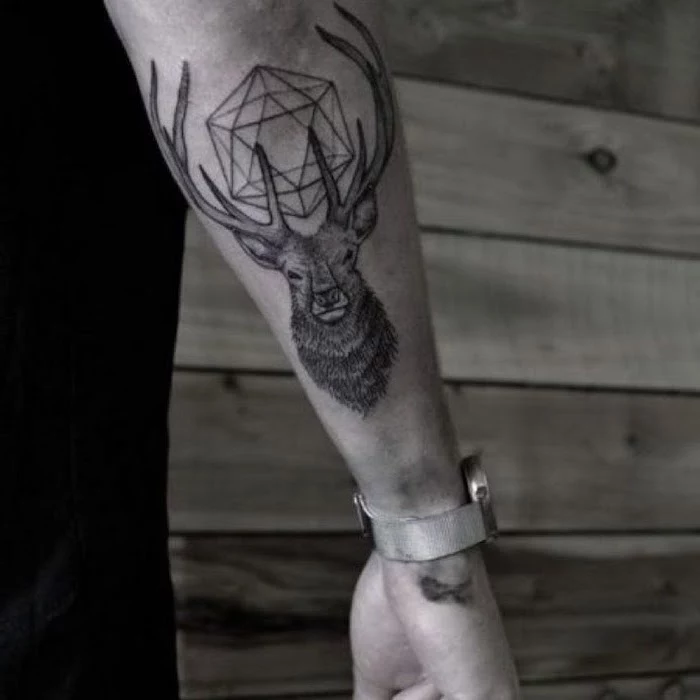
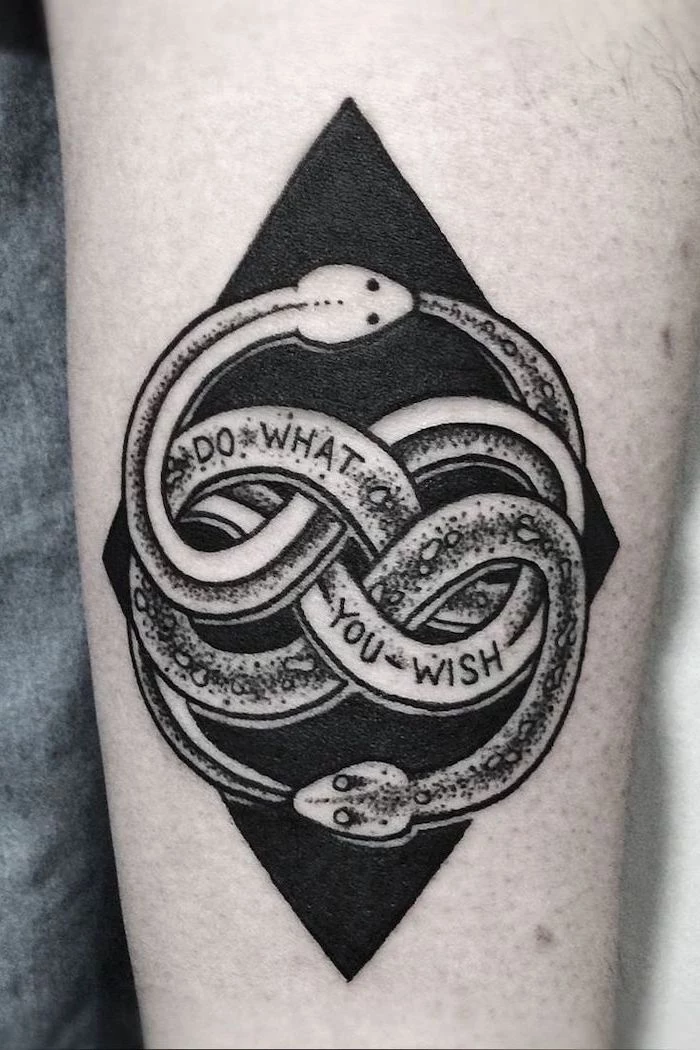
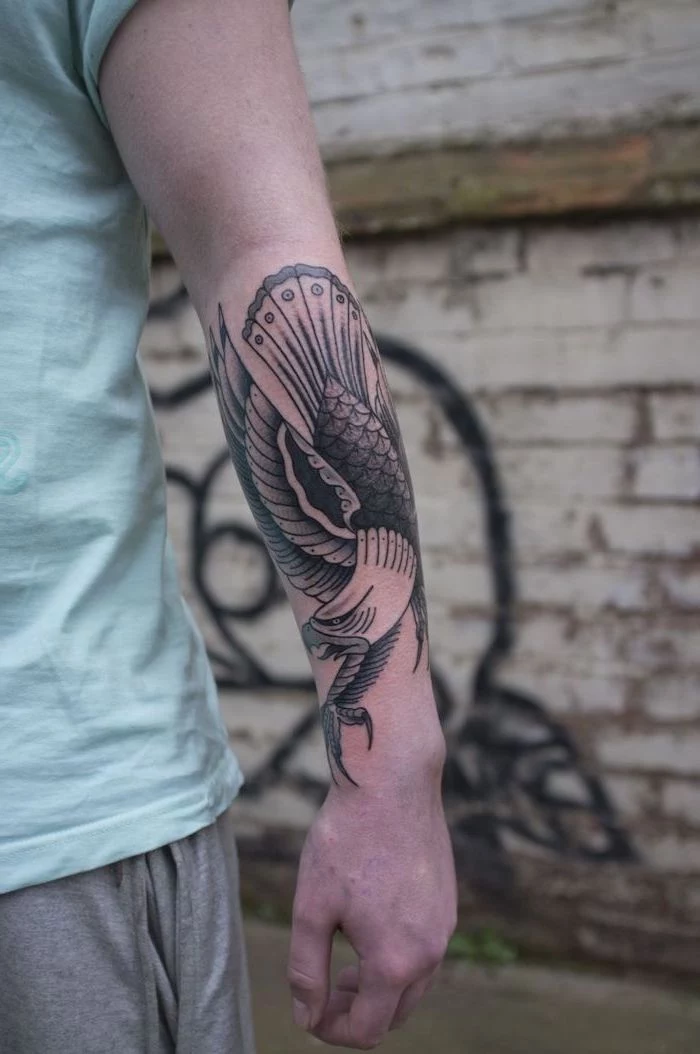
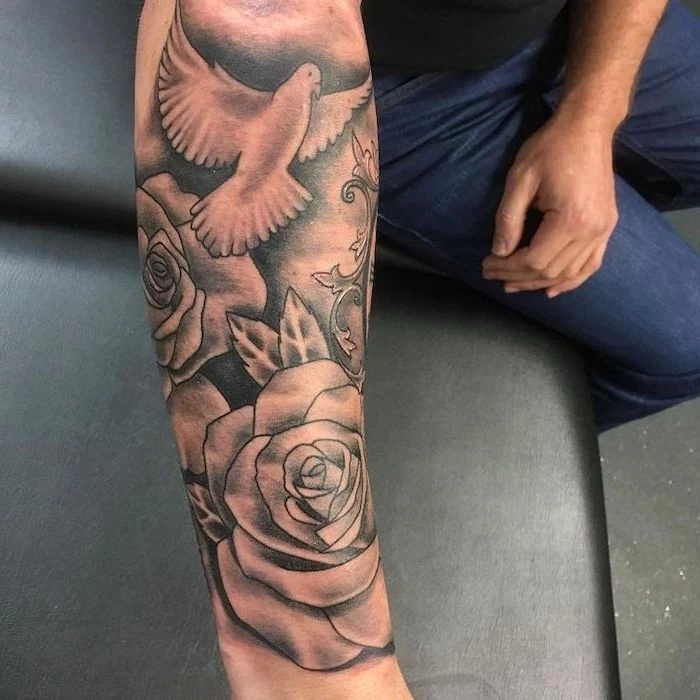
A 2019 survey found that while 30% of Americans have at least one tattoo, a significant 75% of those who regret a tattoo say they got it in their late teens or early twenties.
This highlights the article’s core message: thoughtfulness trumps trendiness. The brain’s decision-making centers aren’t fully developed until age 25, which might explain why impulsive, youthful choices are more prone to regret. Taking time to live with an idea before committing it to skin is always a wise investment.
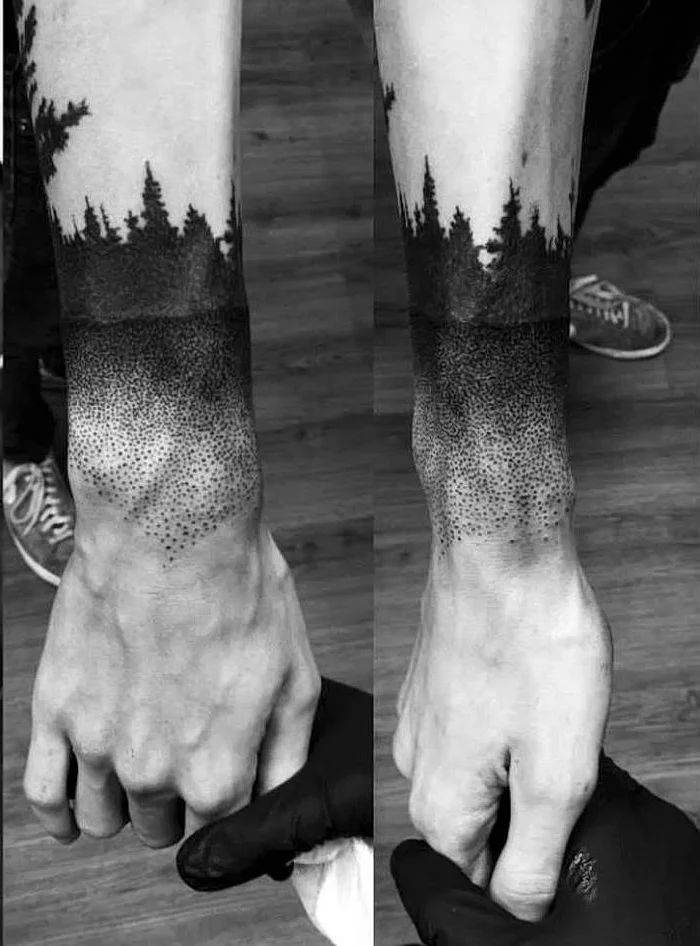
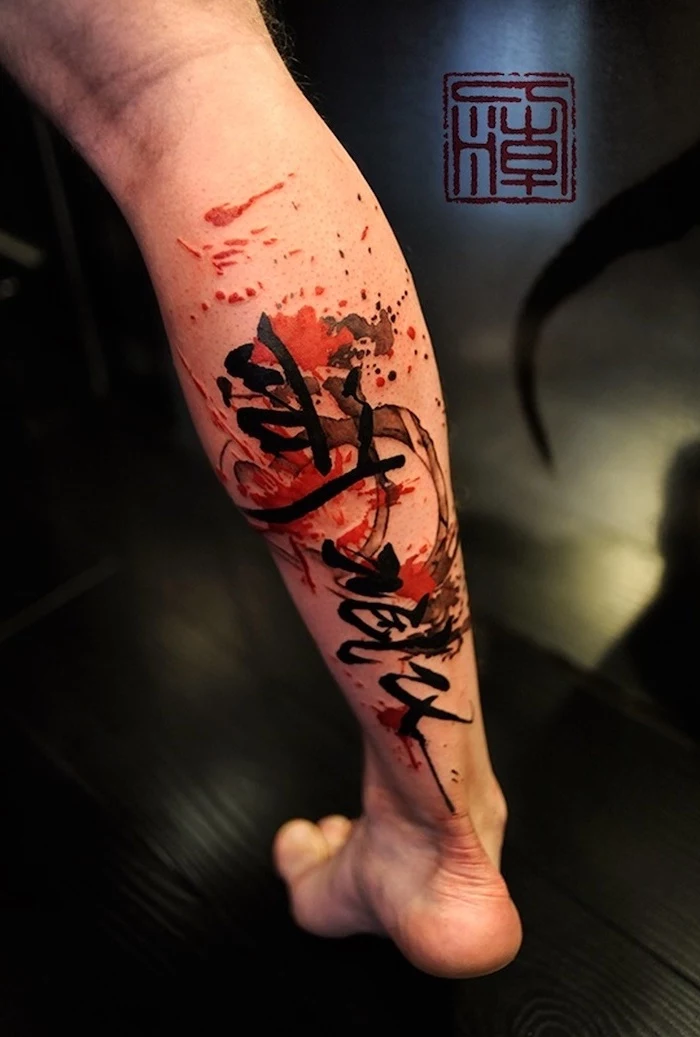
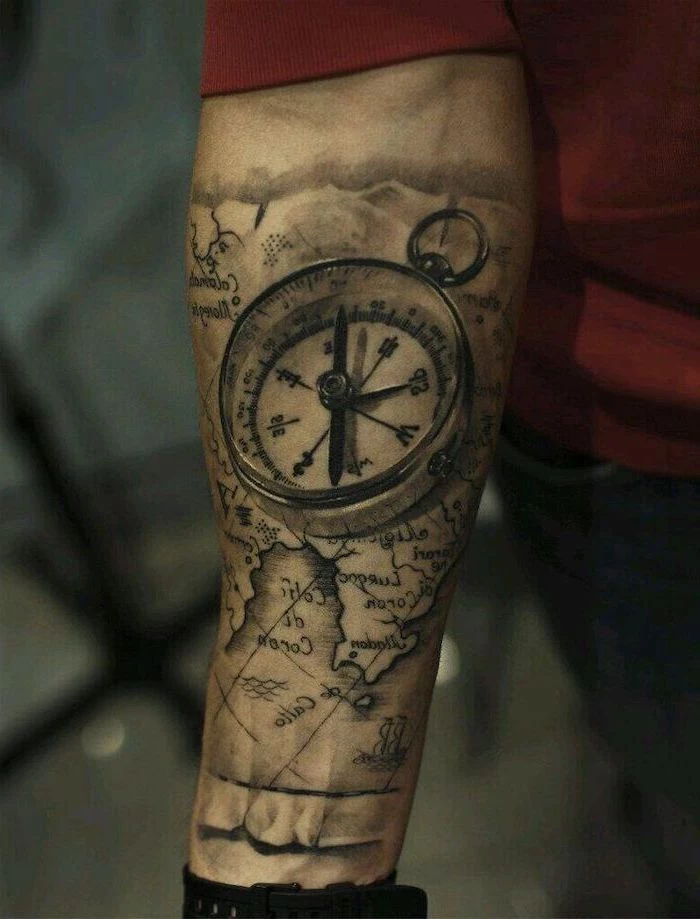
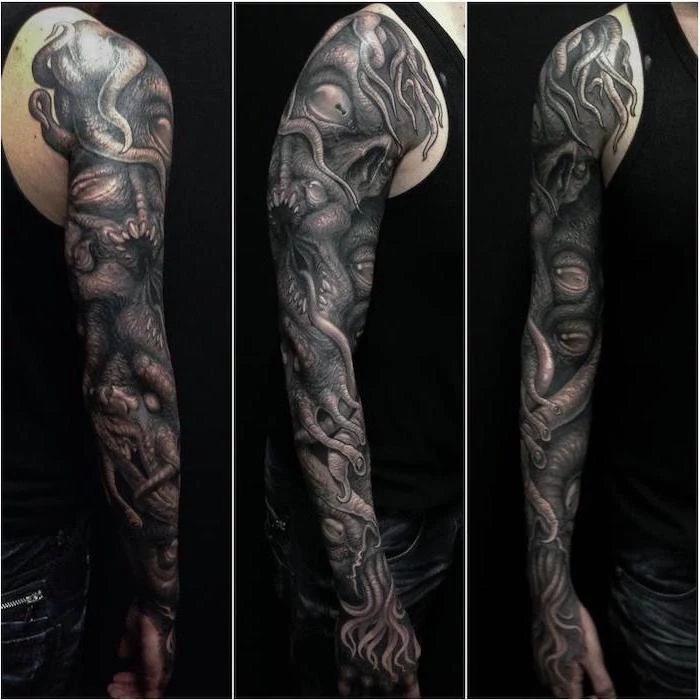
- Vibrant colors that stay true longer.
- Crisp lines that don’t blur prematurely.
- A reduced risk of infection and scarring.
The secret? A disciplined aftercare routine. For the first few weeks, your tattoo is an open wound. Following your artist’s instructions to the letter ensures the best possible heal and a piece of art you’ll be proud of for decades.
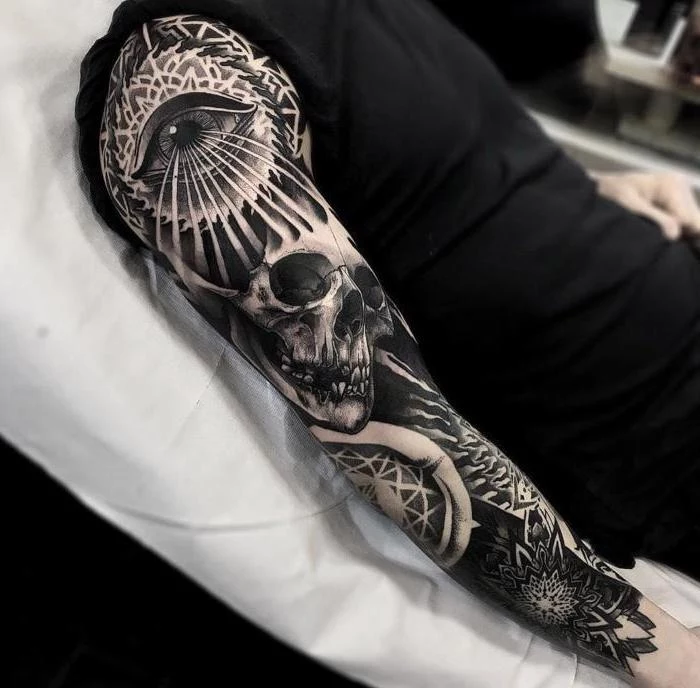
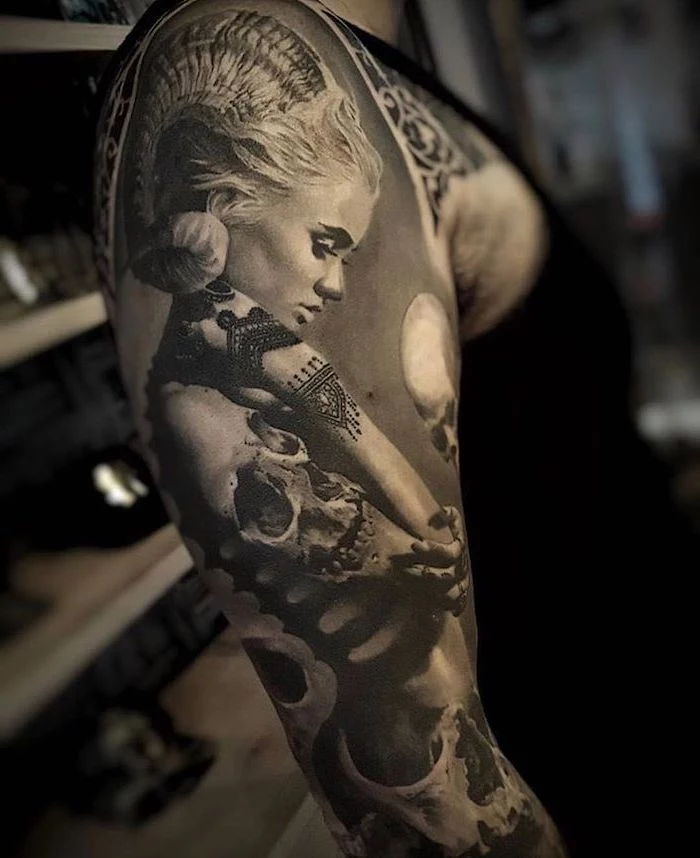
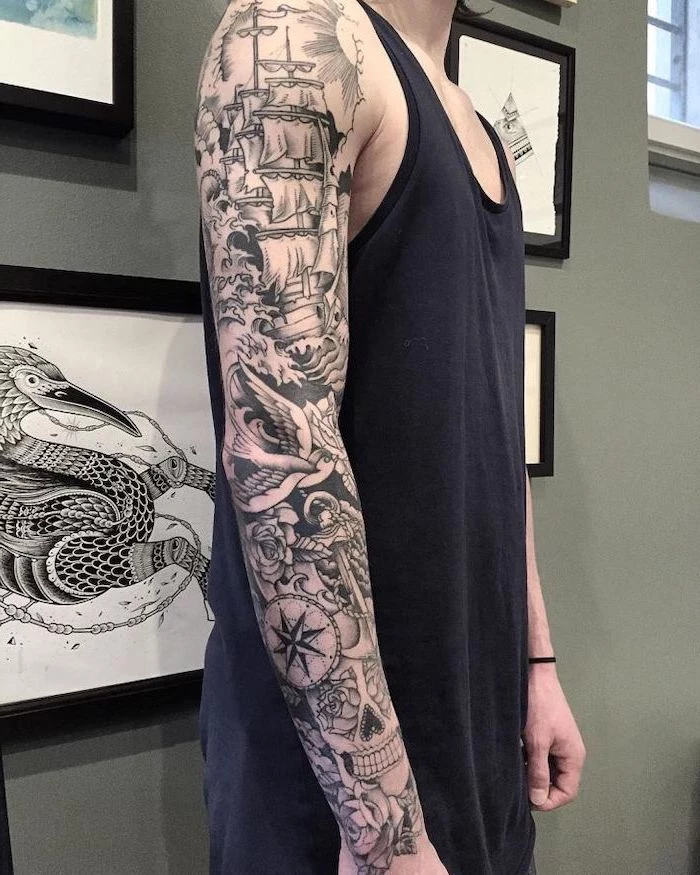
White ink tattoos can be striking, but they come with caveats. They are best for very pale skin tones and often require an experienced artist to pack the ink correctly. Unlike black ink, white ink doesn’t create a solid outline; it sits more subtly in the skin. It’s prone to fading faster than other colors and can sometimes take on a yellowish or beige tint over time, especially with sun exposure. Think of it as an accent, not a foundation.
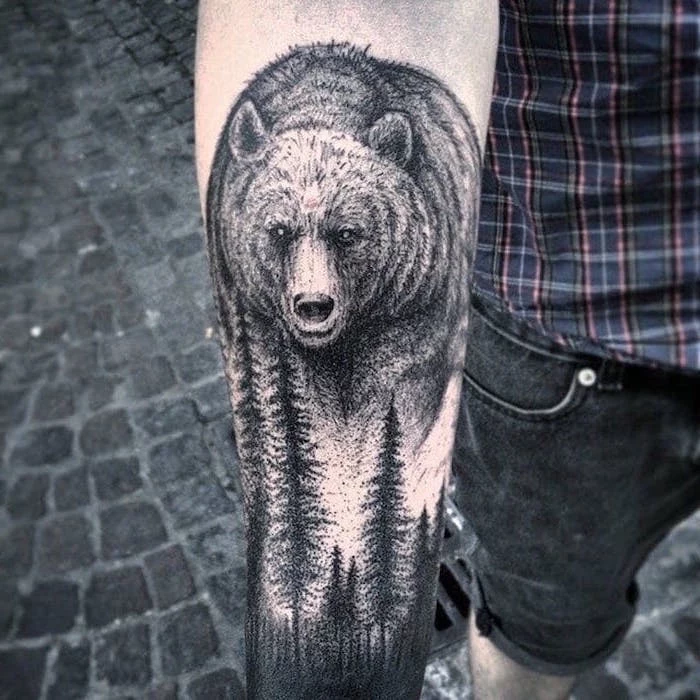
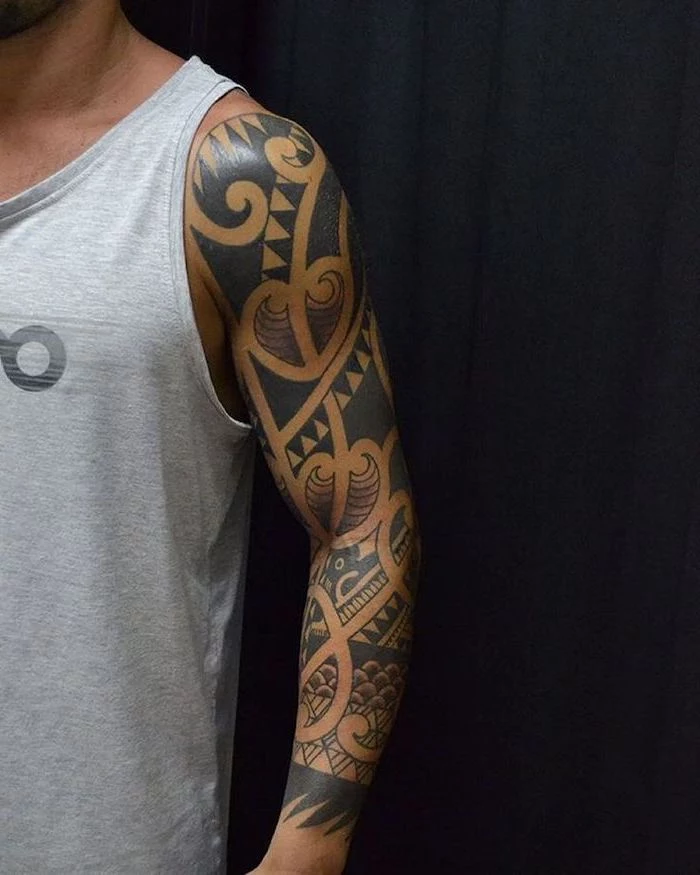
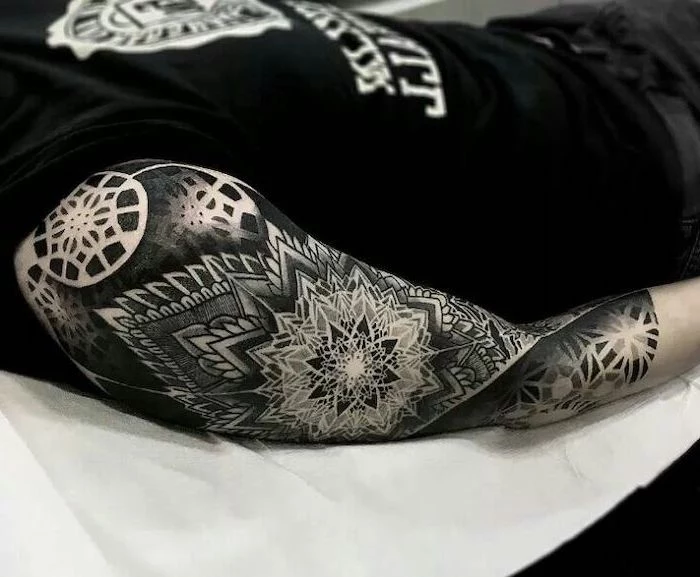
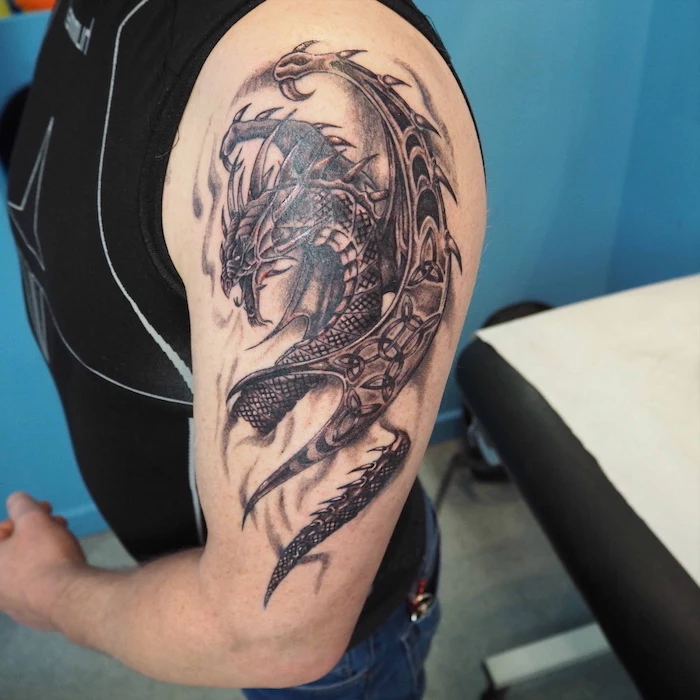
What about vegan ink? Is it a better option?
Traditionally, some black tattoo inks used bone char for pigment, and the carrier solution could contain glycerin from animal fat. Today, many leading brands like Intenze, StarBrite, and Kuro Sumi offer fully vegan lines. They use plant-based glycerin and alternative pigments. For most people, the performance is identical. If this is important to you, simply ask your artist—most are happy to accommodate and will already be using high-quality, often vegan-friendly, inks.
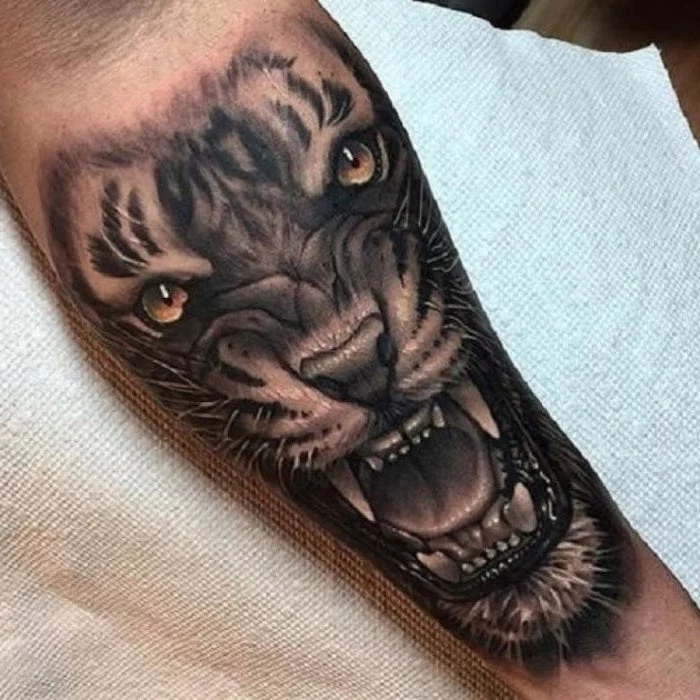
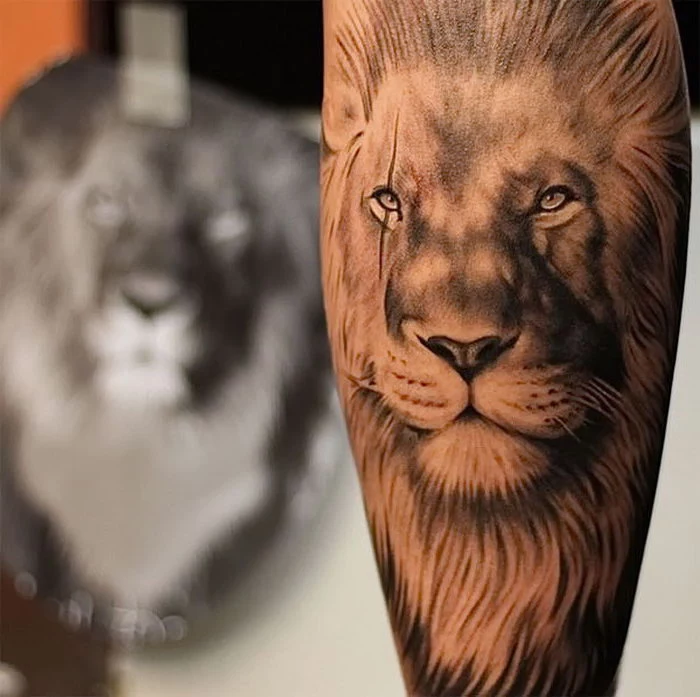
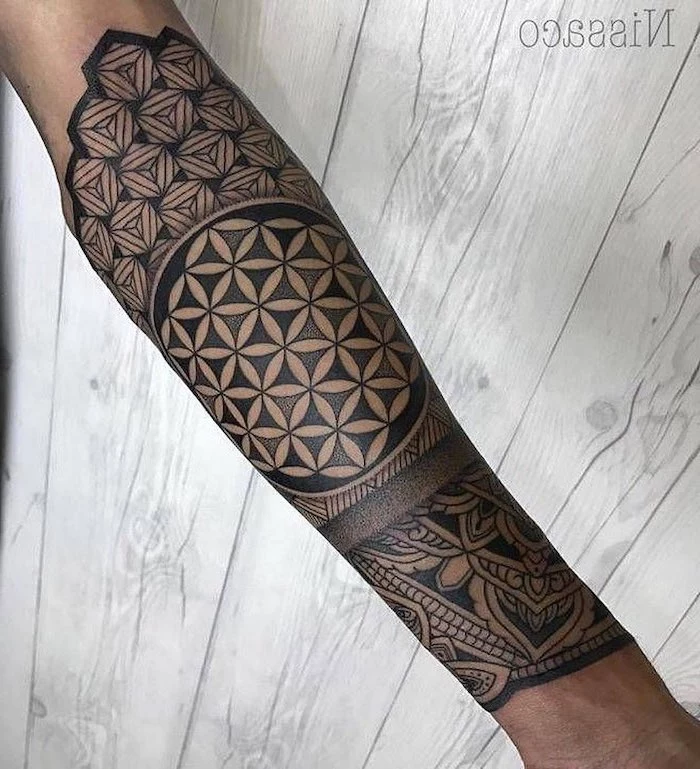
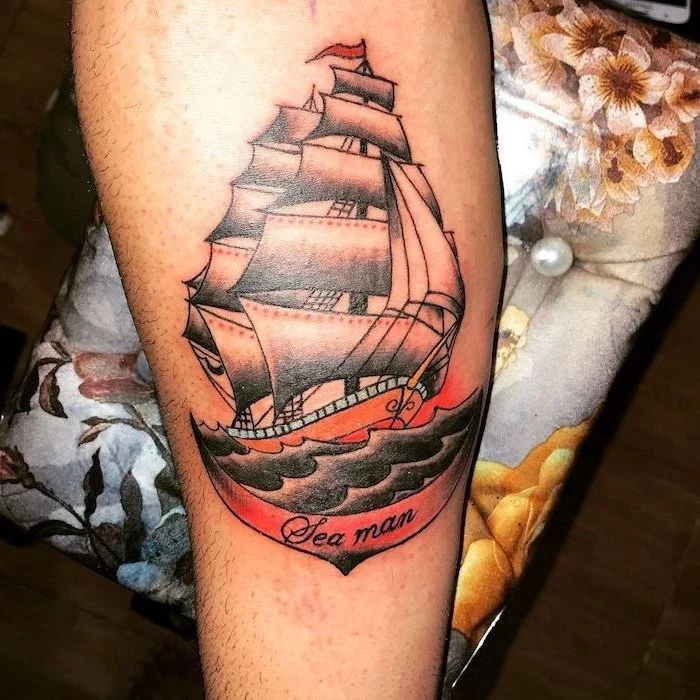
- Look for single-use needles, opened in front of you.
- Surfaces (chairs, armrests, tables) should be wrapped in plastic barriers.
- The artist should wear disposable gloves and change them if they touch anything other than you or their sanitized equipment.
- A dedicated, enclosed station for each client, not an open-plan room.
- The presence of an autoclave for sterilizing non-disposable equipment.
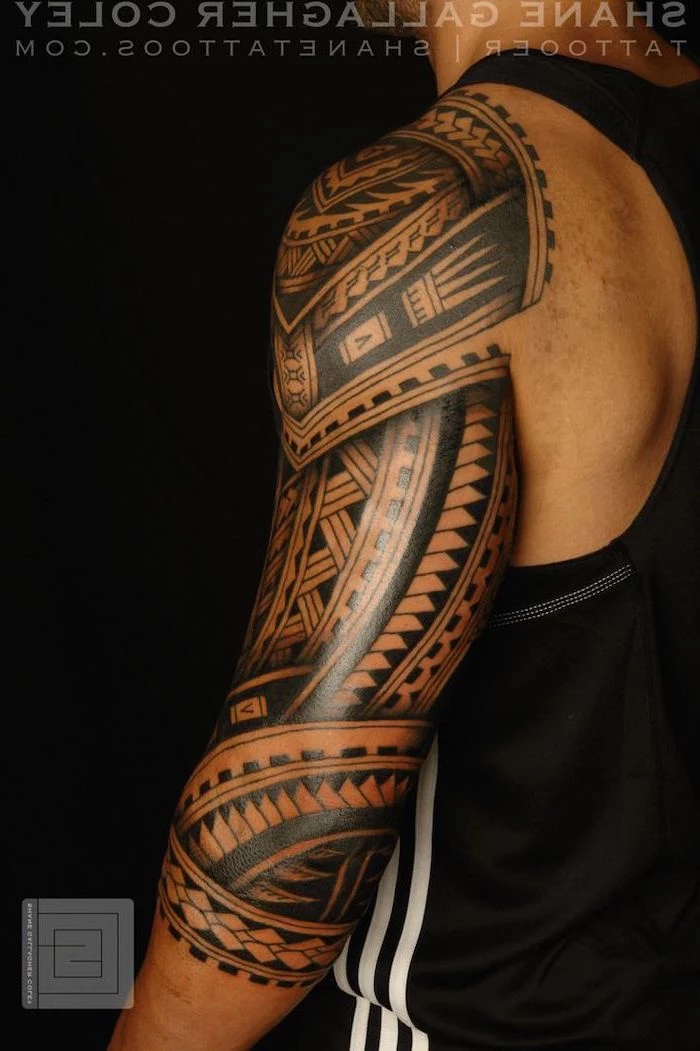
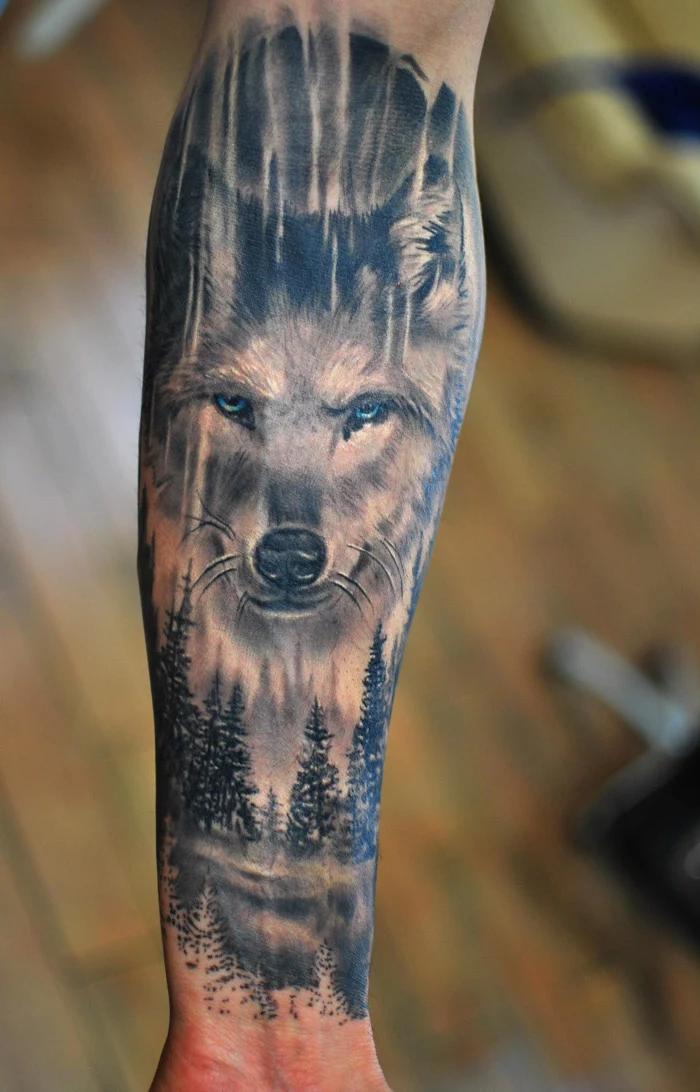
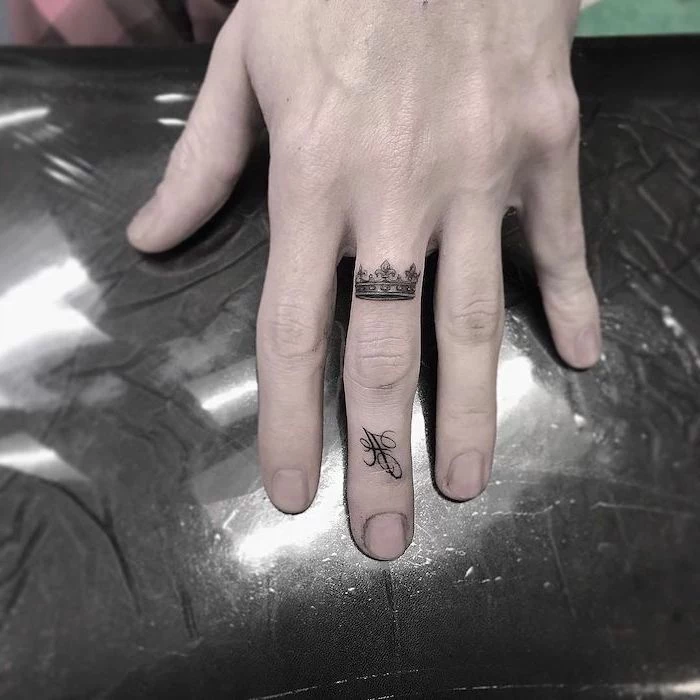
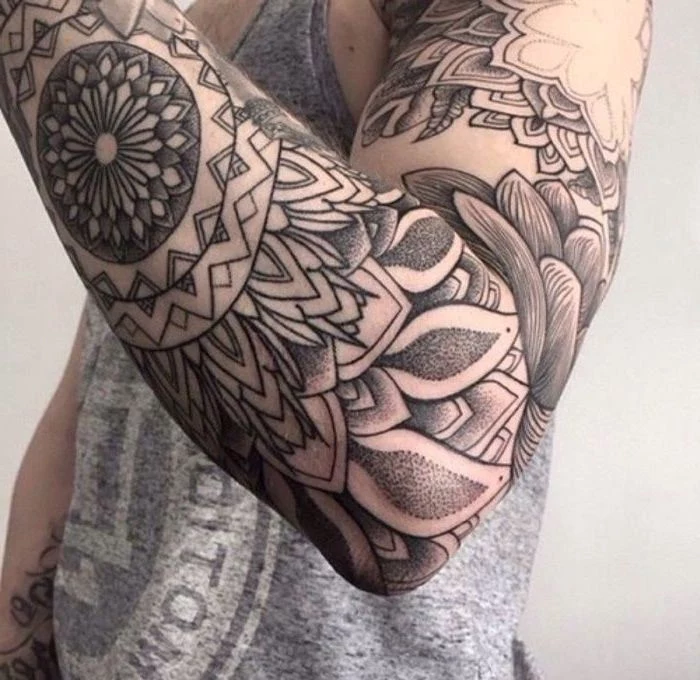
Sunscreen is non-negotiable for tattoo longevity. UVA and UVB rays break down the ink particles in your dermis, causing fading, blurring, and color loss. Once your tattoo is fully healed (after 3-4 weeks), apply a broad-spectrum, high-SPF sunscreen every single day to exposed ink. A mineral-based SPF 50+ sunscreen is an excellent choice as it creates a physical barrier. Think of it as daily maintenance for your investment.
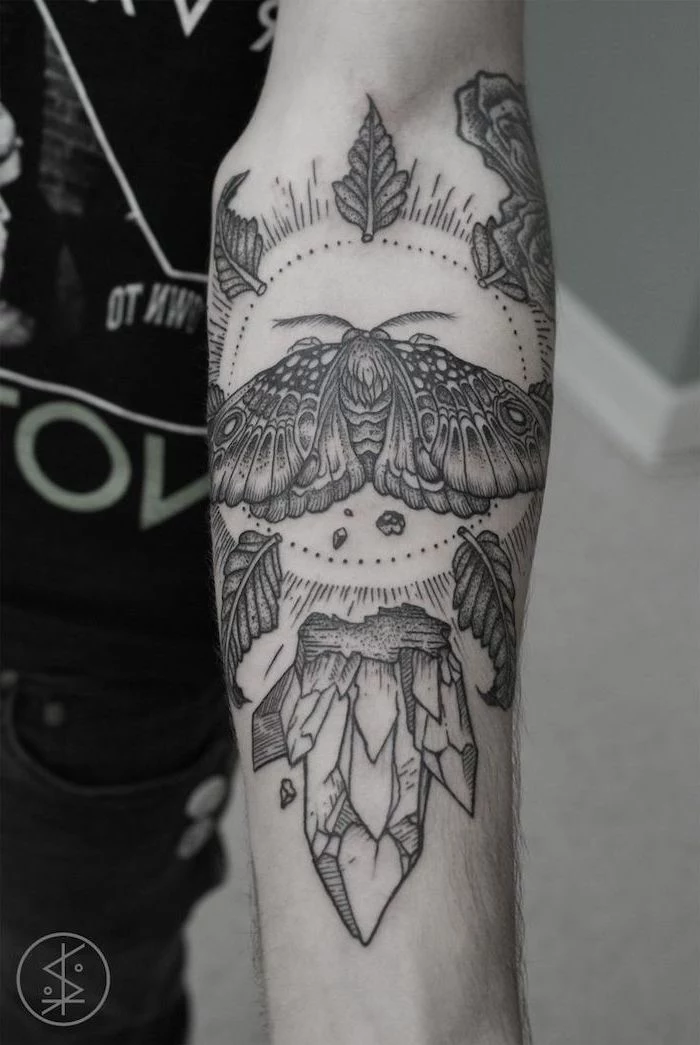
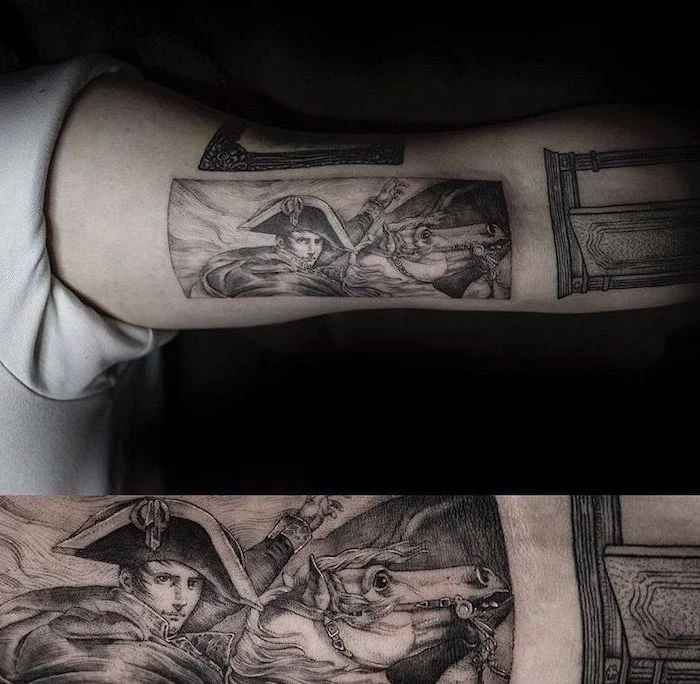
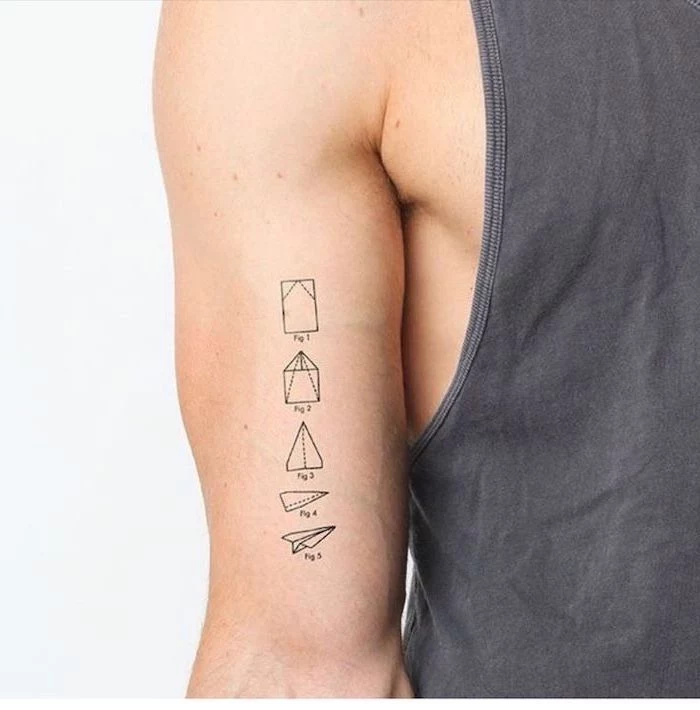
Can you tattoo over scars or stretch marks?
Yes, but with considerations. The texture of scar tissue is different from healthy skin; it can be raised or indented and may absorb ink differently, sometimes leading to blurred lines. It’s crucial to find an artist experienced in cover-up work. The scar should be fully healed (at least one to two years old, and no longer pink or red). A skilled artist can cleverly integrate the scar into the design, effectively camouflaging it.
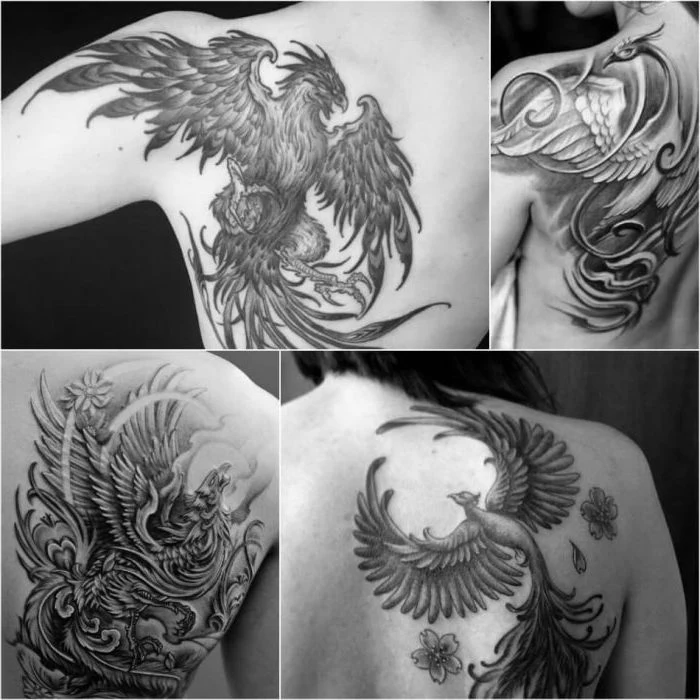
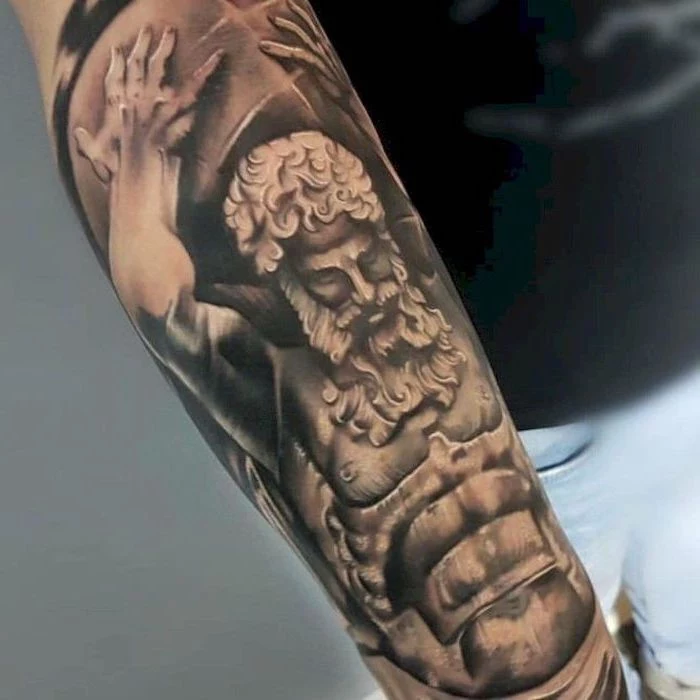
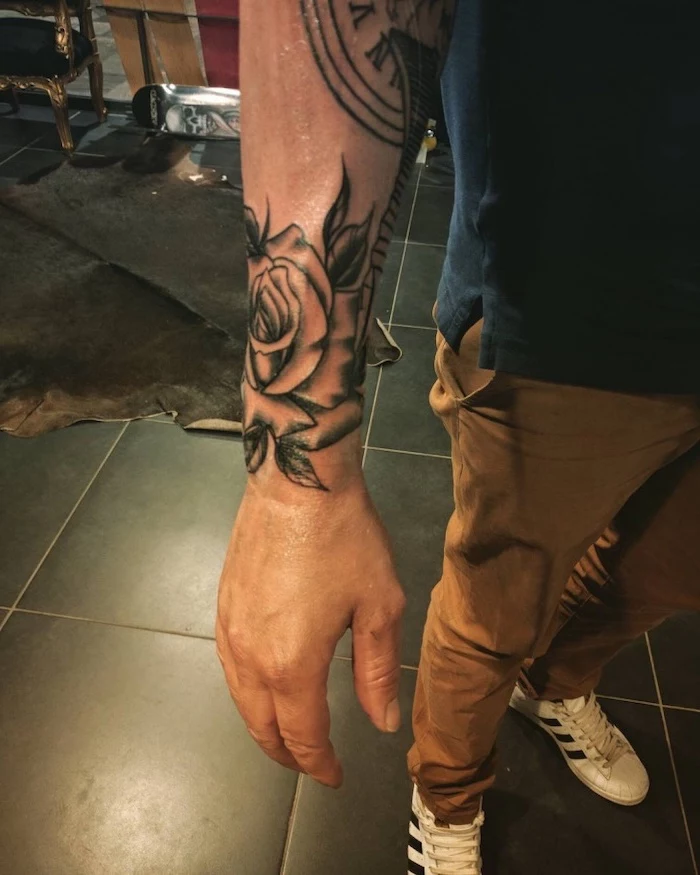
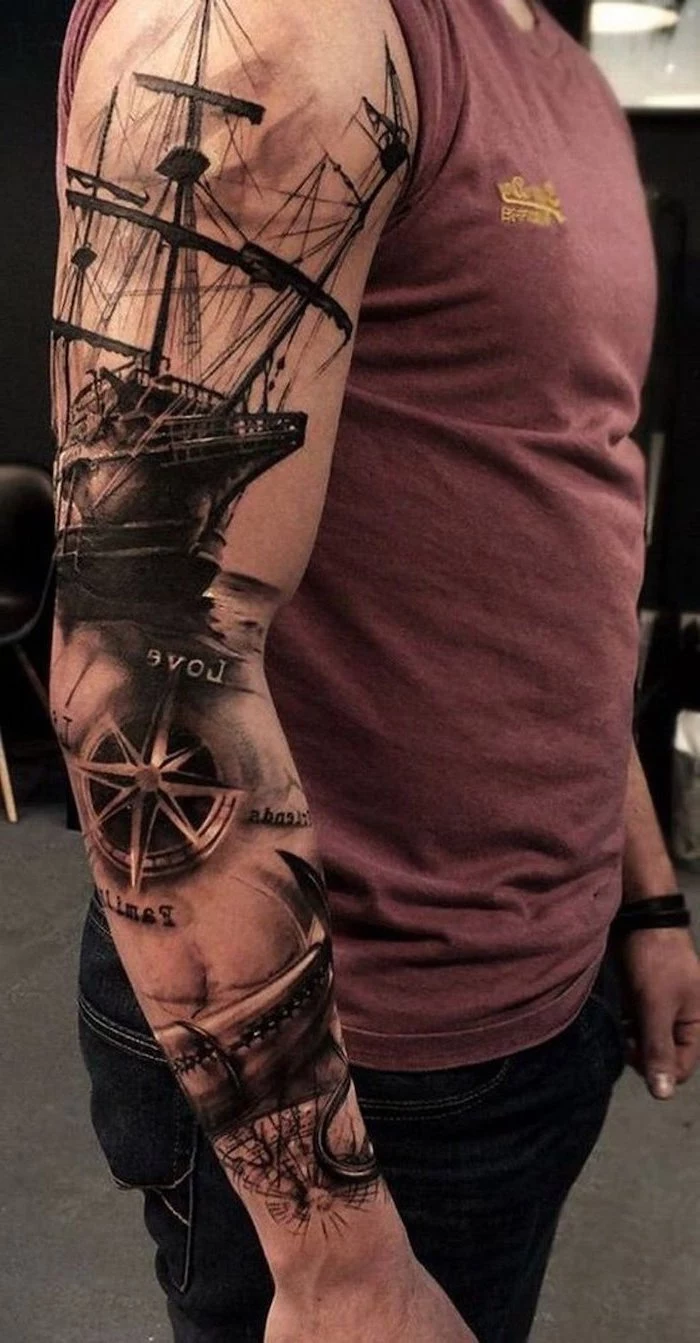
Numbing Cream: Products like Dr. Numb or TKTX are applied a couple of hours before the session. They can significantly dull the pain for the first hour or two, which is great for line work. However, some artists find it changes the skin’s texture, and the pain can return with a vengeance once it wears off.
Going Without: You experience the entire process, and some find the pain meditative. Your body’s natural endorphins kick in to help you manage. For multi-hour sessions, this can be more consistent than the cream wearing off mid-way.
Discuss it with your artist first; some have strong preferences for or against using creams.
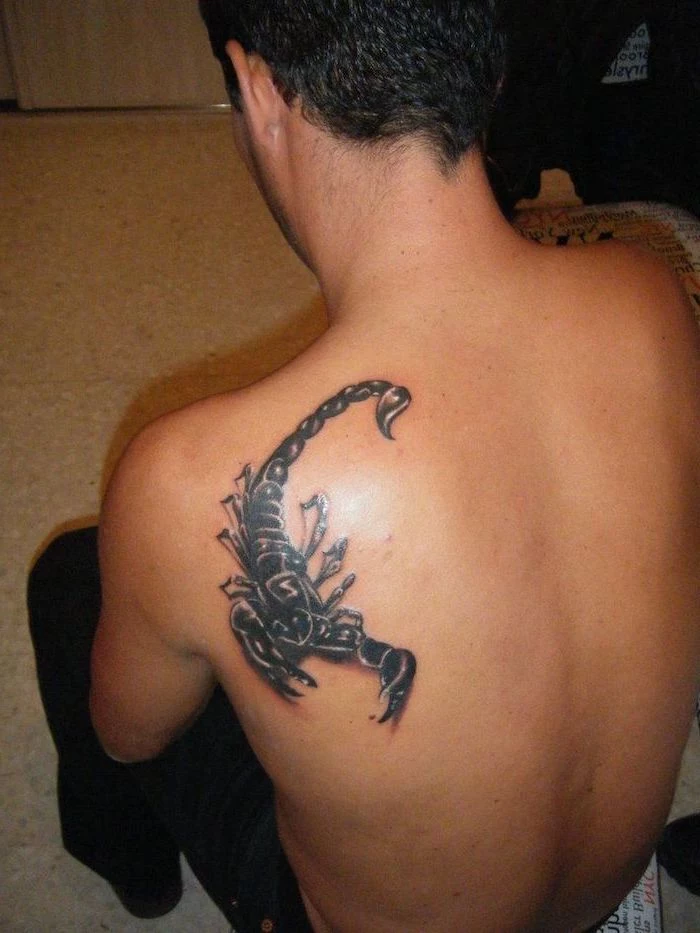
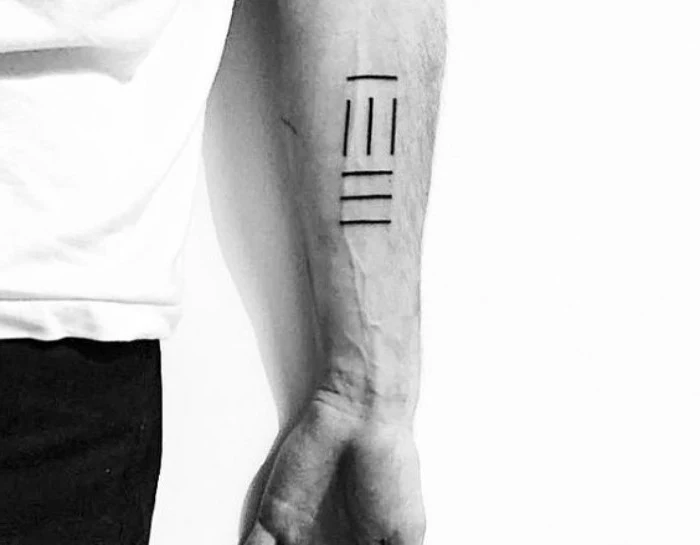

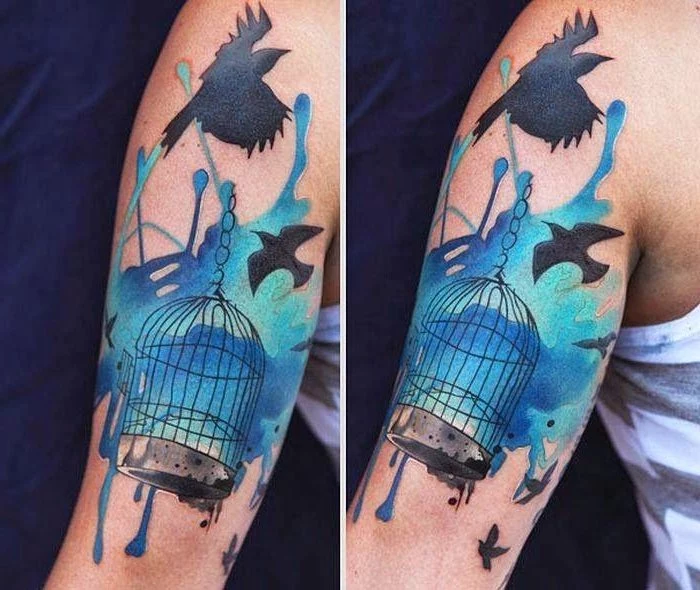
The first electric tattoo machine was patented in 1891 by New York artist Samuel O’Reilly. It was an adaptation of Thomas Edison’s electric pen, a device originally intended for creating stencils.
This invention revolutionized tattooing, moving it from a slow, manual process (like Japanese Tebori) to a much faster and more accessible art form. The basic coil machine design O’Reilly pioneered is, remarkably, still in widespread use today alongside modern rotary machines.
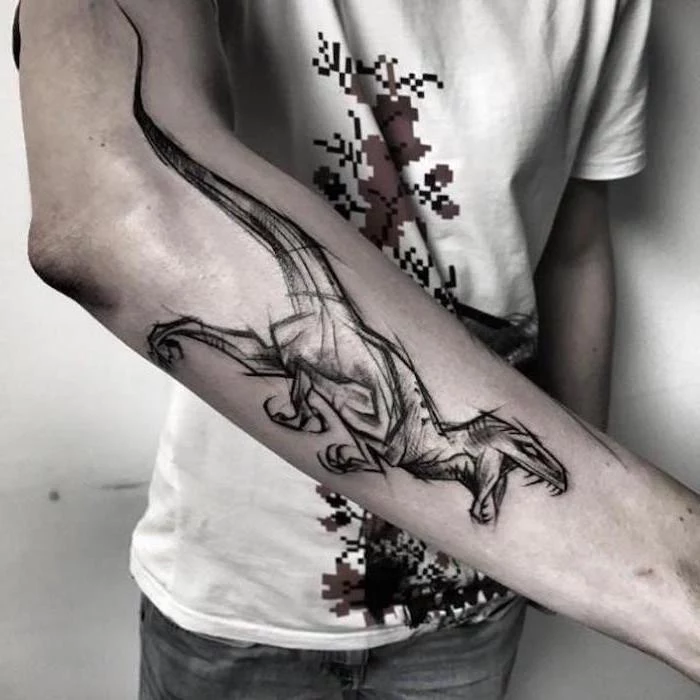
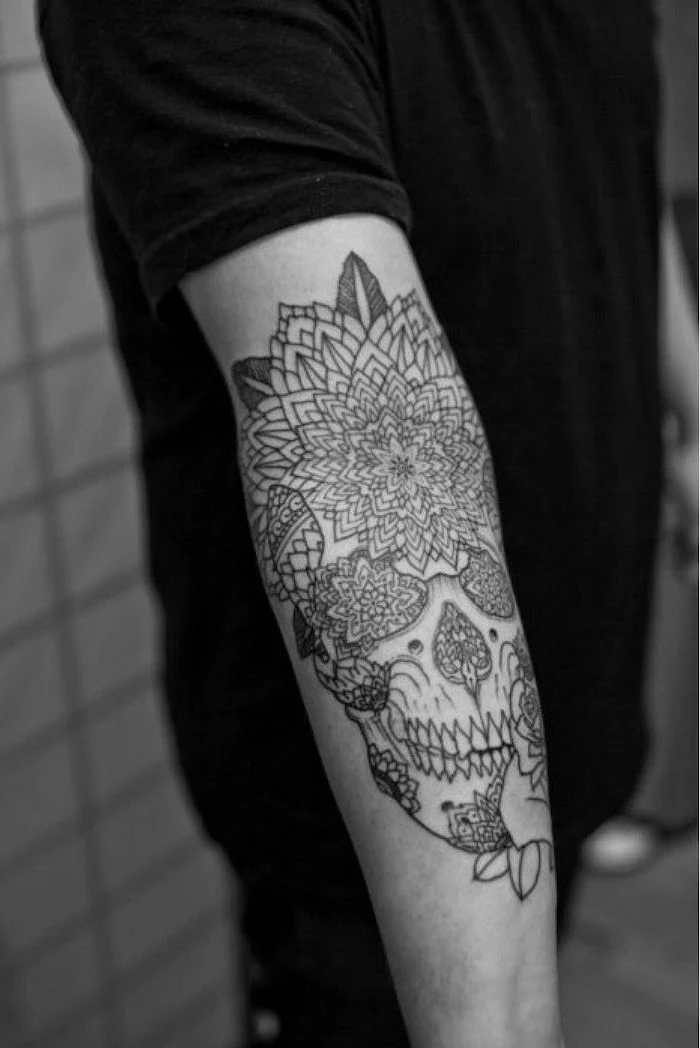
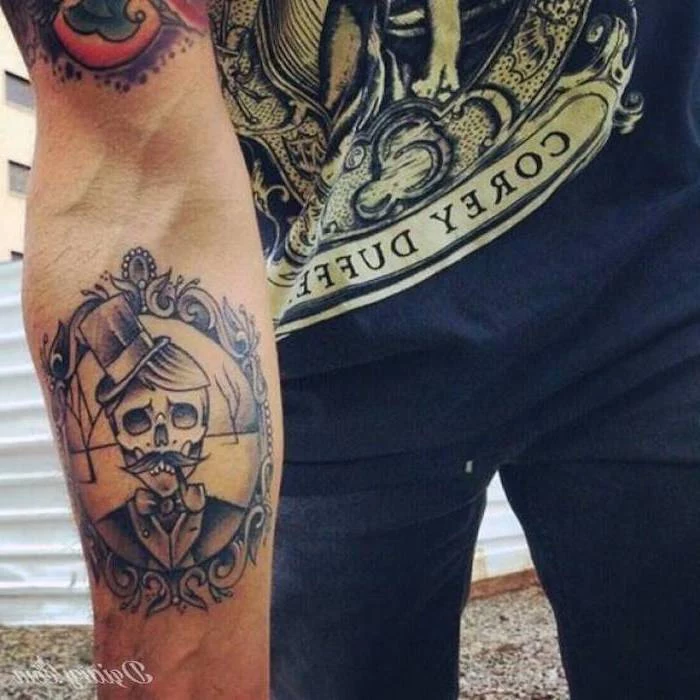
- It makes the healing process smoother and more comfortable.
- It ensures your body has the energy to handle the stress of the session.
- It helps prevent dizziness or fainting.
The secret? Proper preparation. In the 24 hours before your appointment, avoid alcohol and excessive caffeine, as they can thin your blood and increase bleeding. Get a good night’s sleep and eat a solid meal about an hour before you go in.
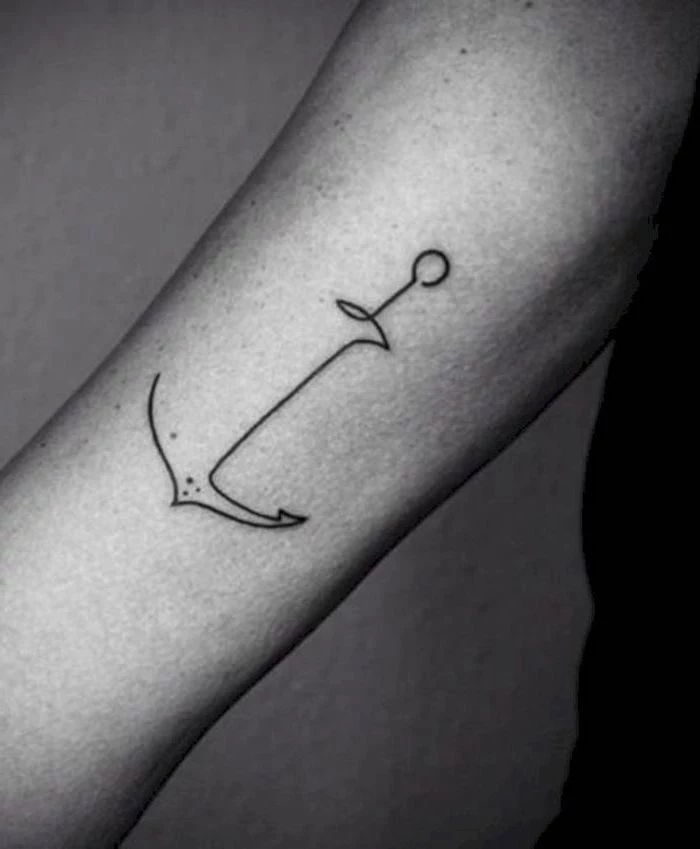
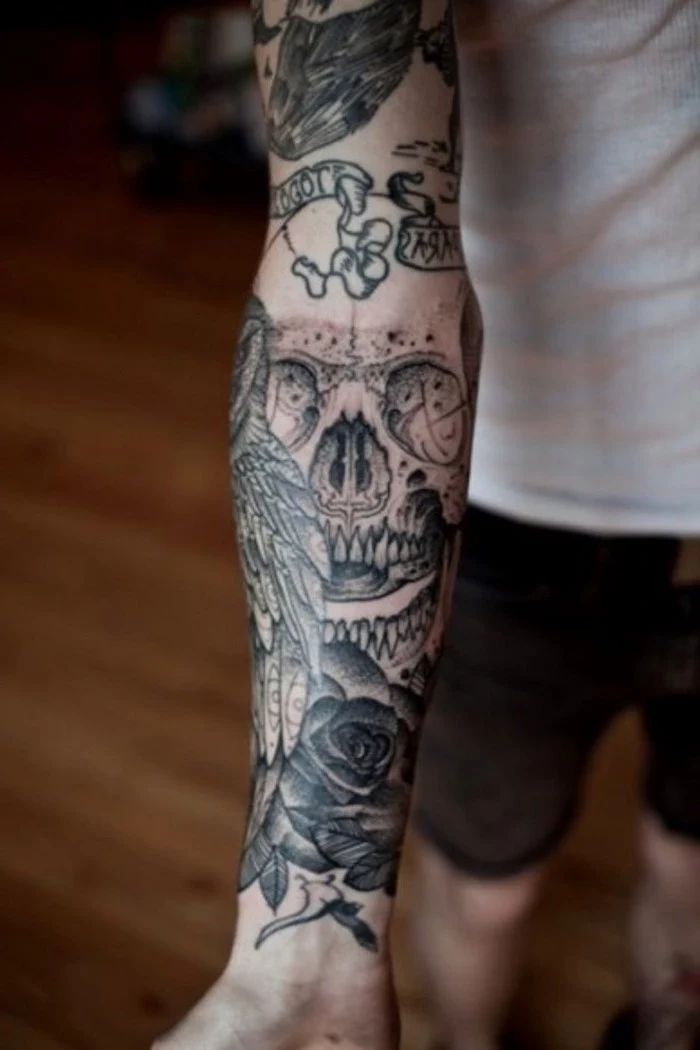
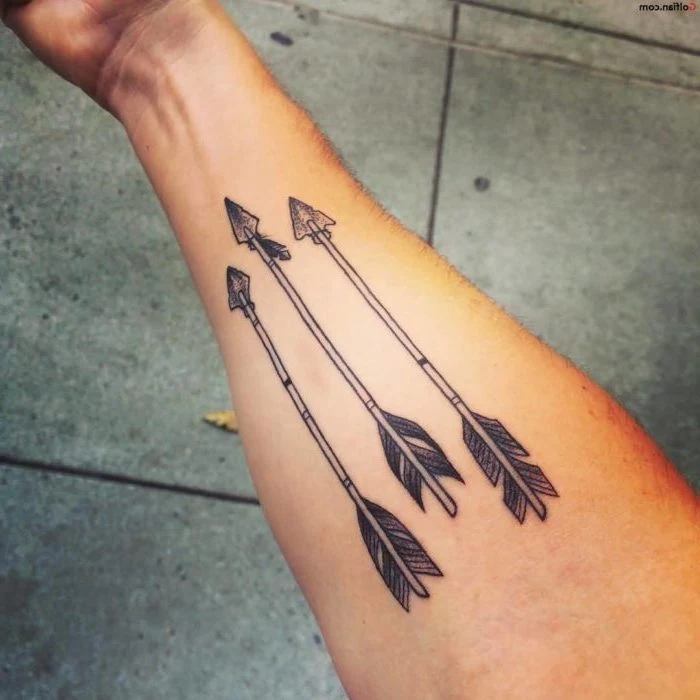
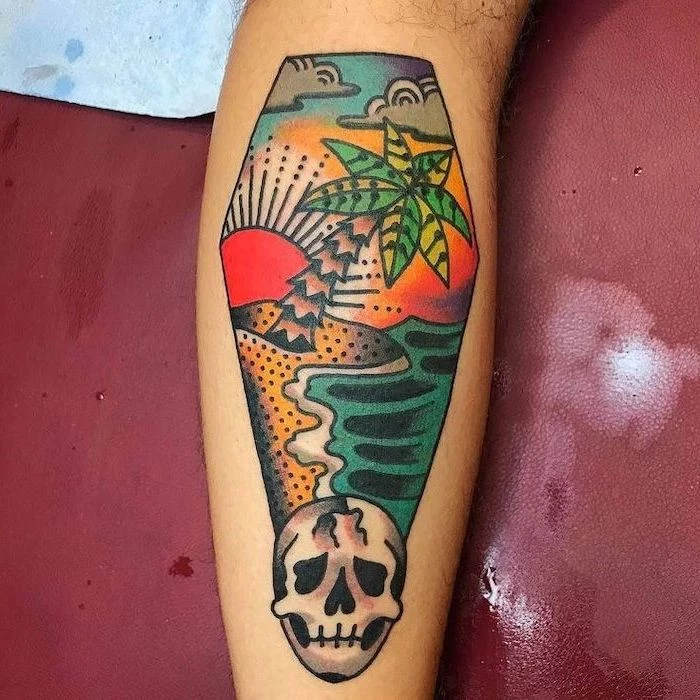
The conversation around tattoo placement and jobs has changed, but it hasn’t disappeared. While many professions are more accepting, highly visible tattoos on the hands, neck, and face can still be a barrier in corporate, medical, or legal fields. Consider your long-term career goals. If in doubt, choose a placement that can be easily covered by standard business attire. It gives you control over when and where you share your art.
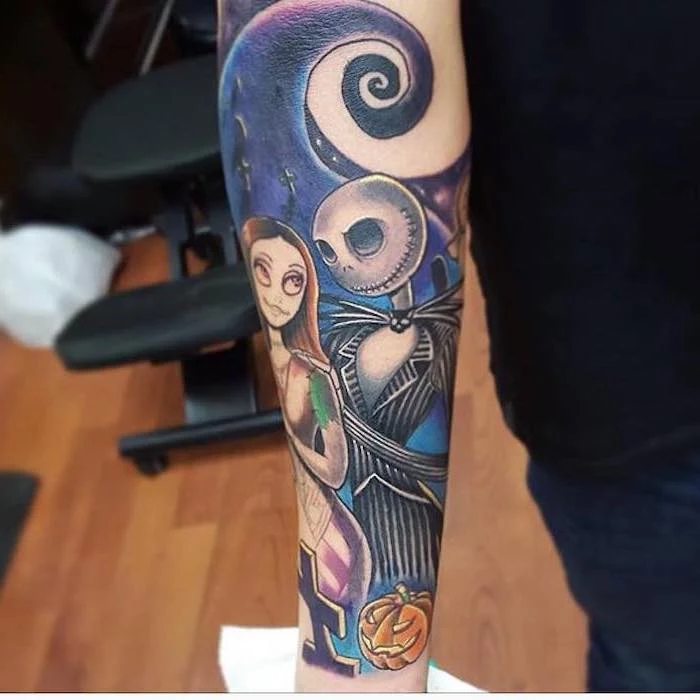
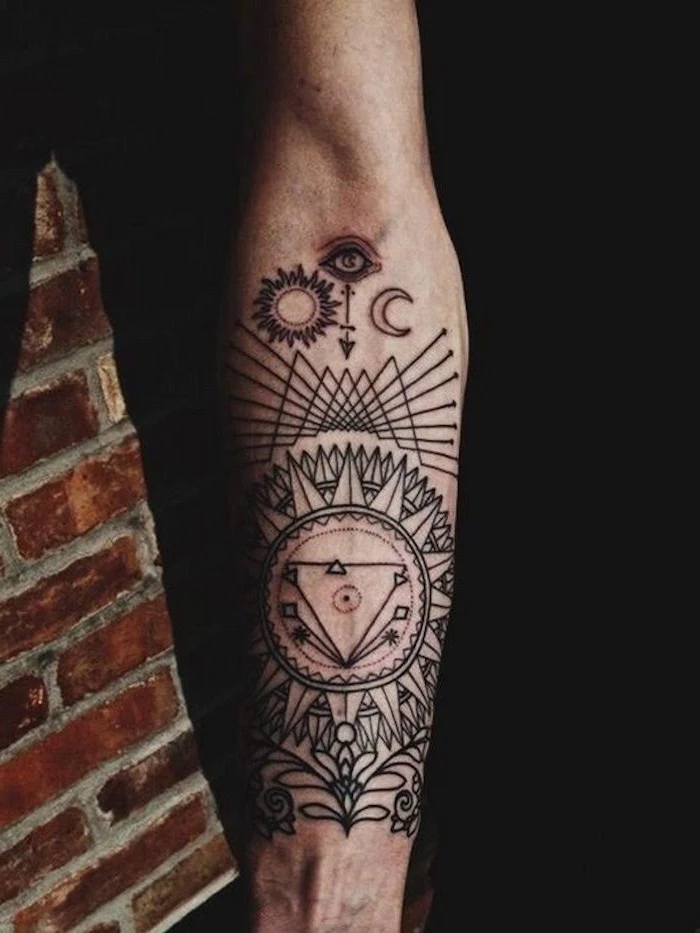
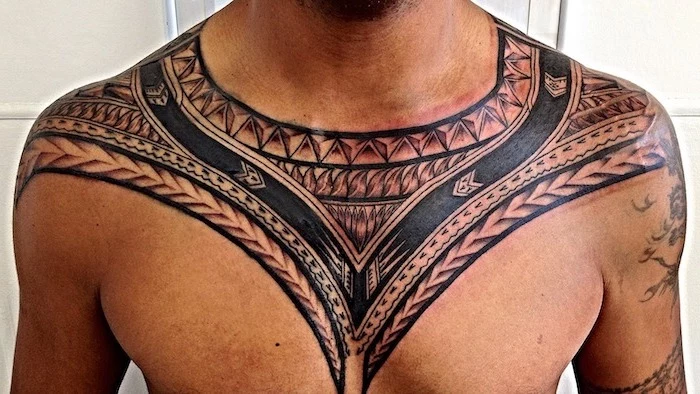
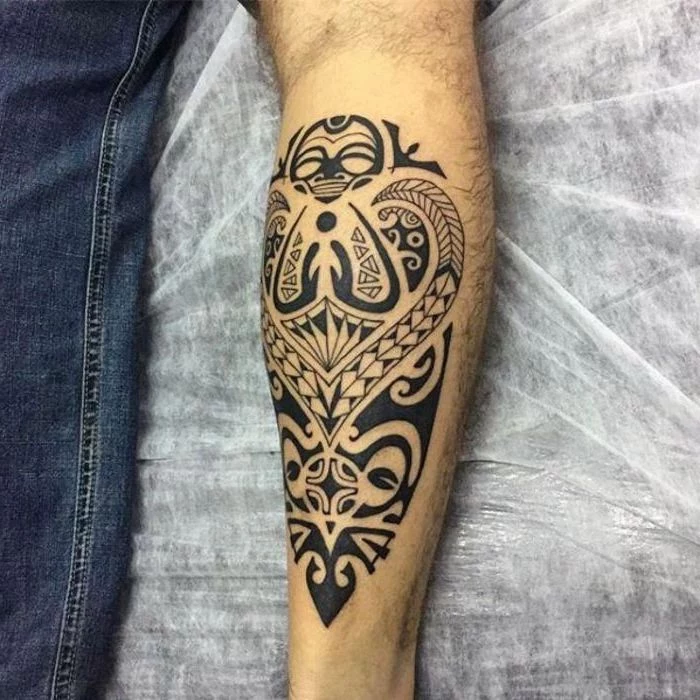
Japanese Irezumi: A centuries-old tradition, often featuring large-scale, flowing designs with specific rules of iconography and placement. Motifs like dragons, koi, and chrysanthemums carry deep, symbolic meanings. It’s a cohesive art form meant to cover large parts of the body.
American Traditional: A collection of individual, self-contained designs. It’s more of a

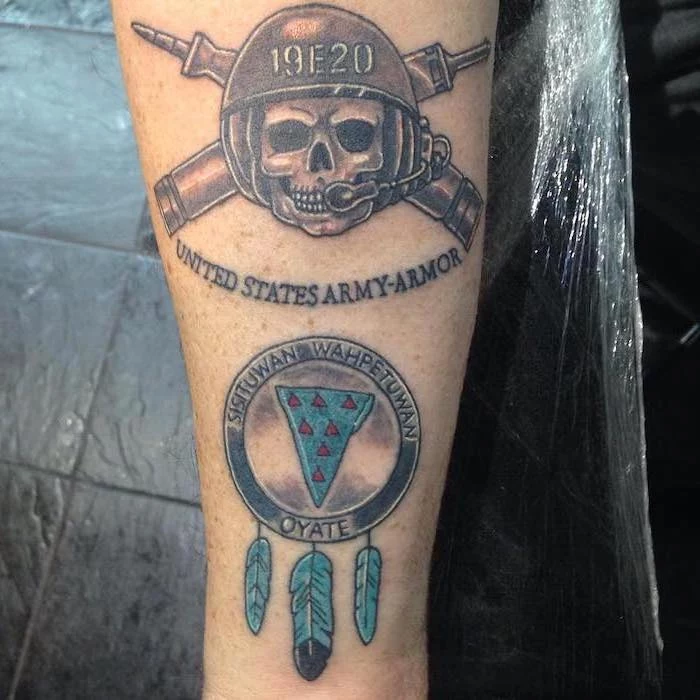
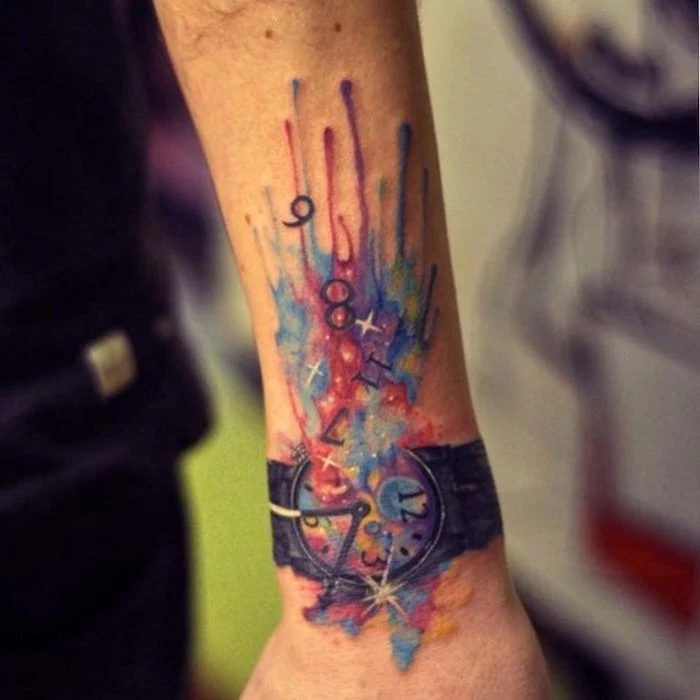
A 2023 Ipsos poll revealed that 32% of Americans have at least one tattoo, up from 21% in 2012. Among millennials, that number jumps to 41%.
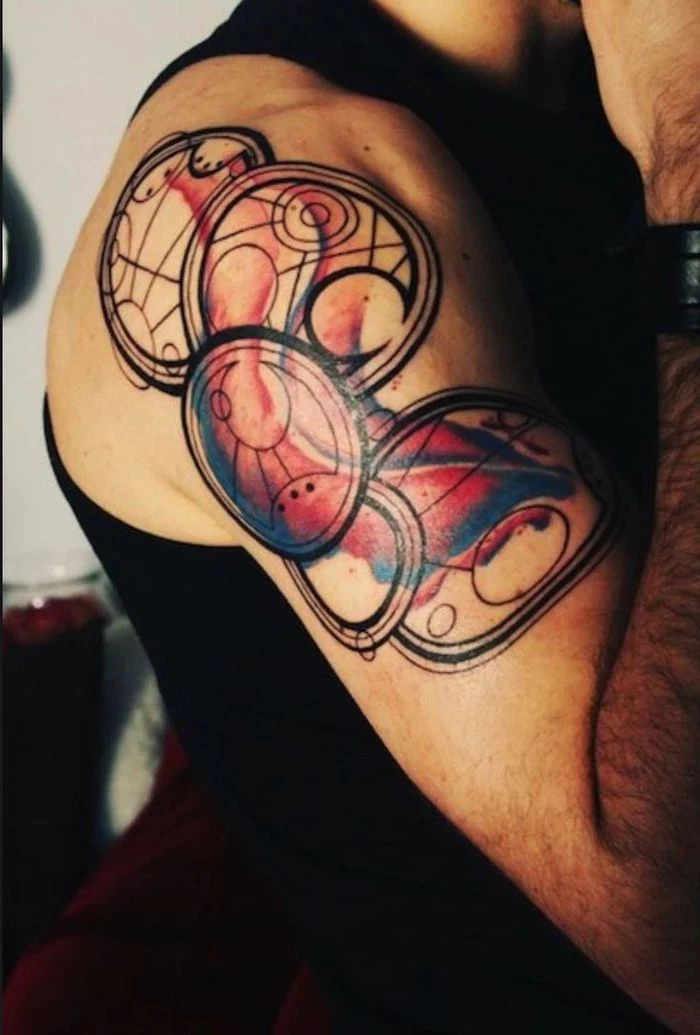
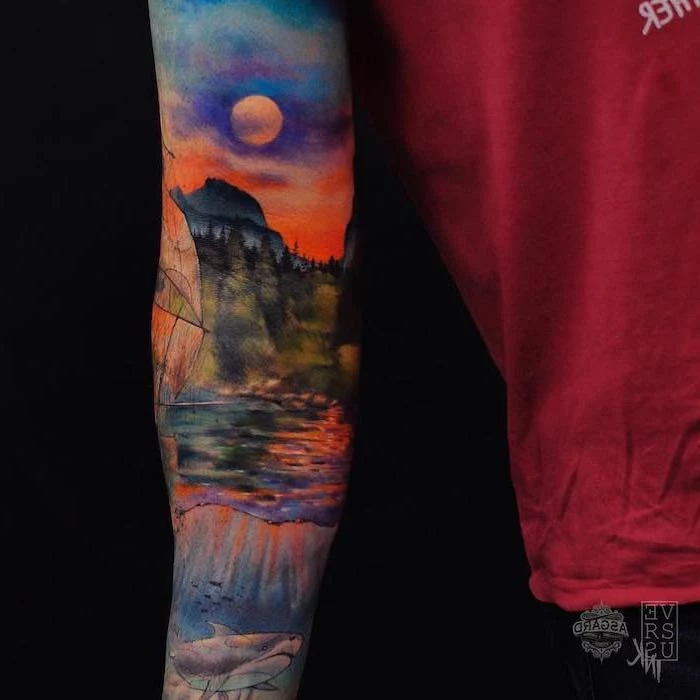
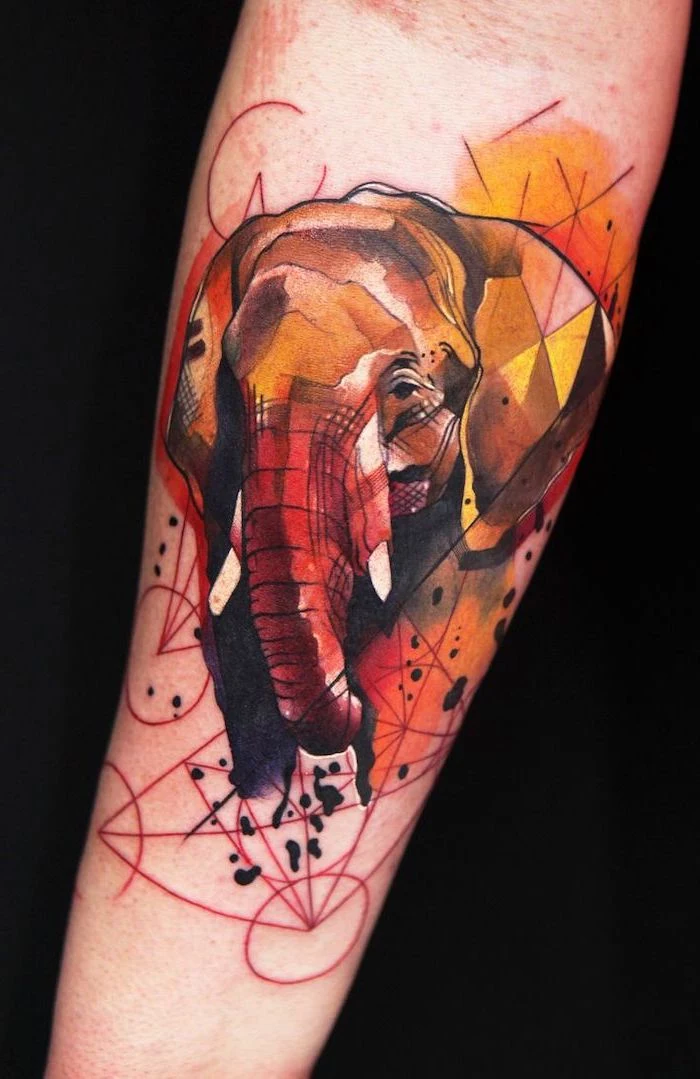
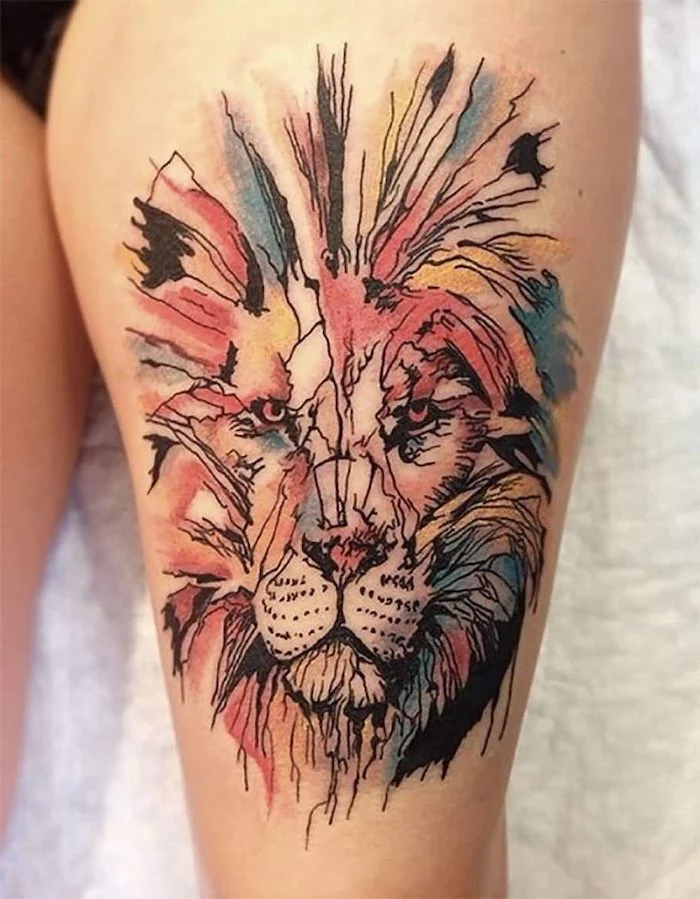
What’s a ‘flash’ tattoo?
Flash refers to pre-drawn designs an artist has created, usually displayed on the walls or in a binder at their shop. They are ready to be tattooed as-is. This is different from a custom piece that is drawn specifically for you. Choosing flash is a great way to get a tattoo from an artist you admire without the long wait or higher cost of a custom design. It’s also a direct way to collect that artist’s specific style.


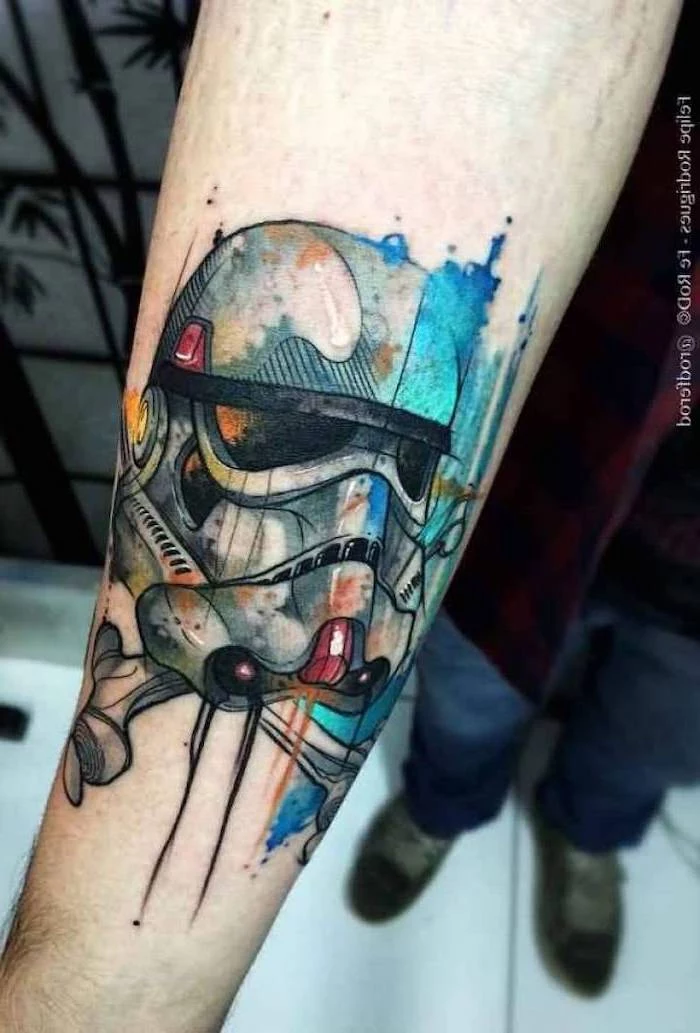
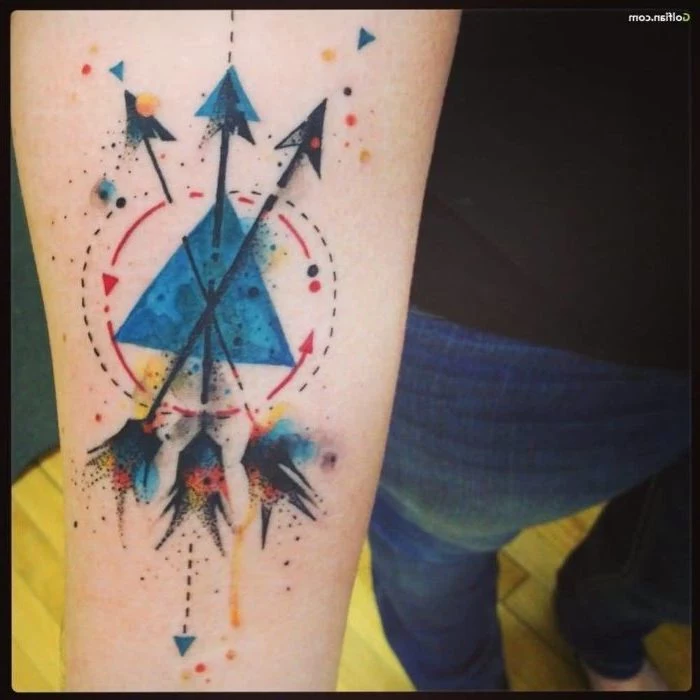
Single Needle: Uses just one needle to create incredibly fine, detailed, and delicate lines. It’s perfect for micro-realism, tiny script, and subtle designs. The trade-off is that these tattoos can be more prone to fading over the very long term.
Bold Line Work: Utilizes groupings of multiple needles to create thick, powerful outlines, typical of American Traditional or Neotraditional styles. These tattoos are built for maximum longevity and high-contrast impact.
The choice is purely aesthetic, defining the entire character of your tattoo.
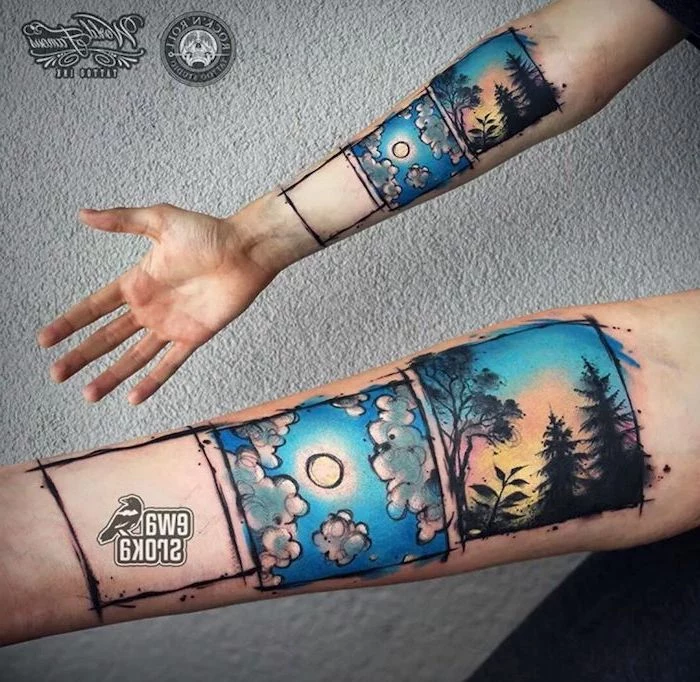
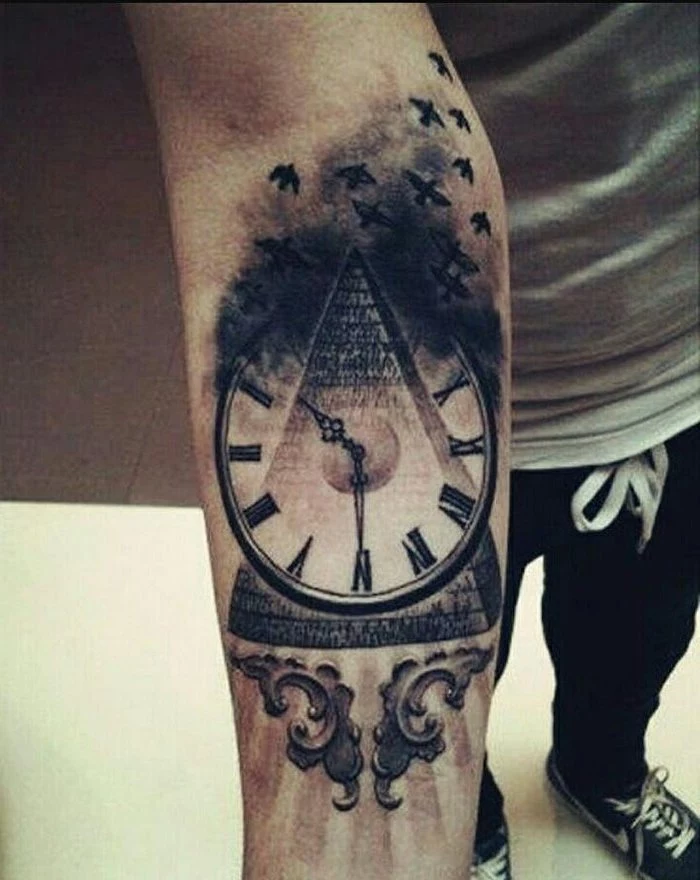
Tattoo removal is a long, expensive, and painful process. Laser removal works by shattering ink particles, requiring multiple sessions spaced months apart, and complete removal is not always guaranteed.
This is the ultimate reminder to invest time in your decision. While technology exists to undo a tattoo, it’s far more arduous than getting one. The best approach is to choose a design and artist with such care that removal never needs to be a consideration.

